Kokand - 2013
Kokand is on the crossroads of the ancient trade routes, at the junction of two main routes into the Fergana Valley,
one leading northwest over the mountains to Tashkent, and the other west through Khujand in Tajikistan.
Kokand has existed since at least the 10th century, and was frequently mentioned in travellers' accounts
of the caravan route between India and China.
The Mongols destroyed Kokand in the 13th century.
The present city began as a fort in 1732.
In 1740, it became the capital of an Uzbek kingdom, the Khanate of Kokand.
Jummi Mosque
Jummi Mosque is a Friday Mosque (the main mosque in a city - used for Friday prayers).
Built between 1800 and 1812, it can house over 10,000 worshipers.
It was re-opened in 1989.
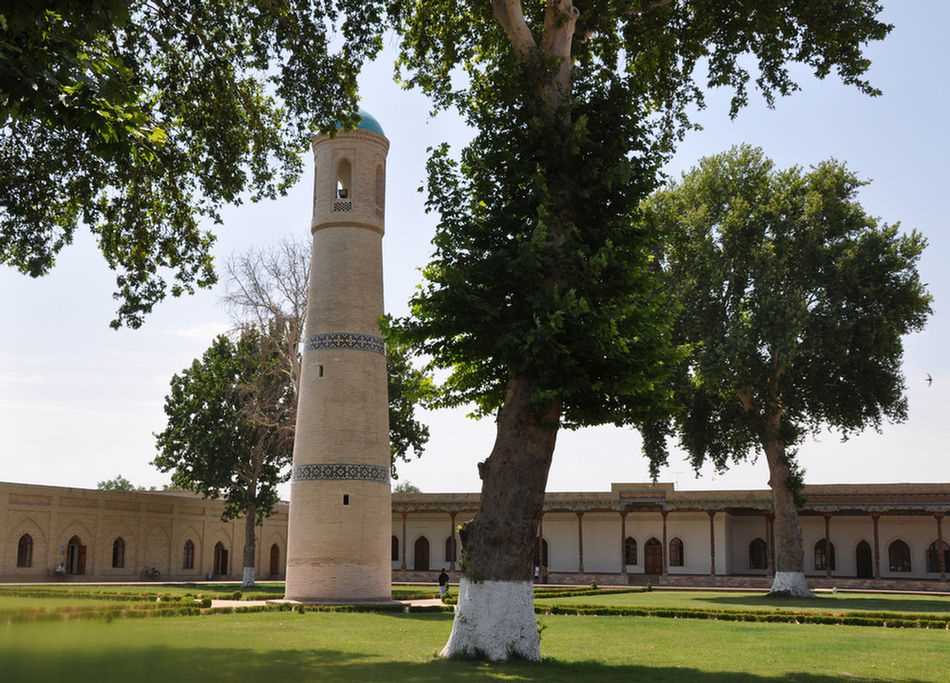
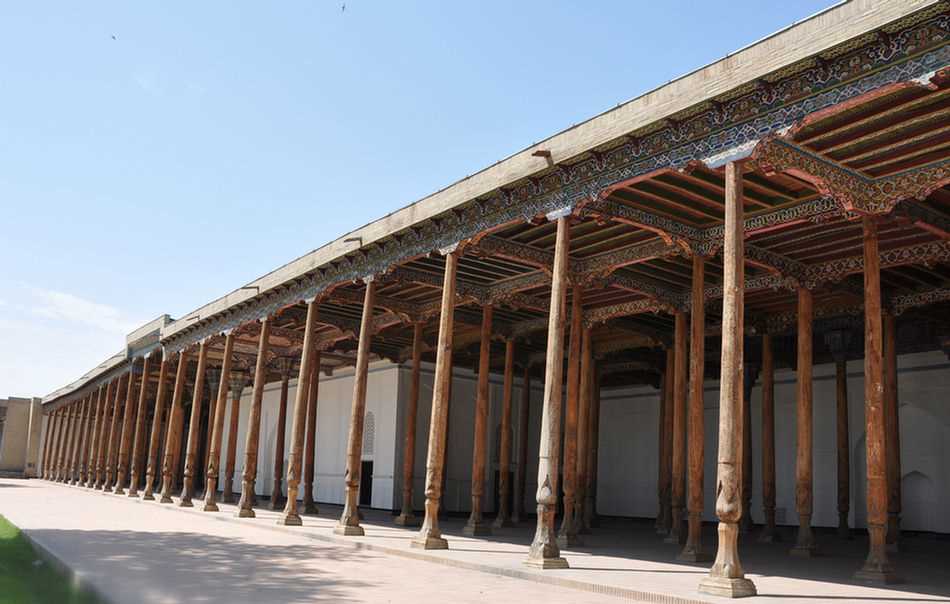
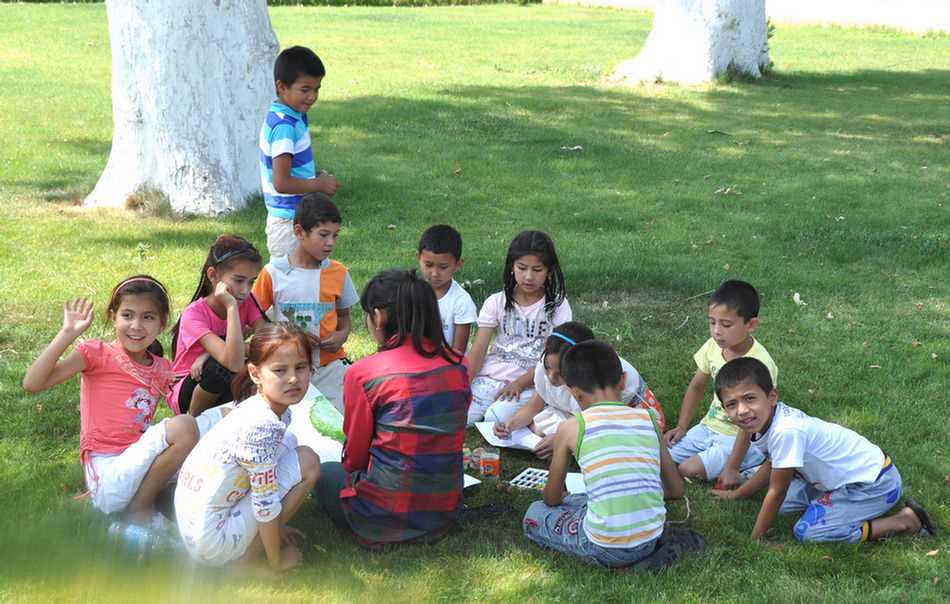
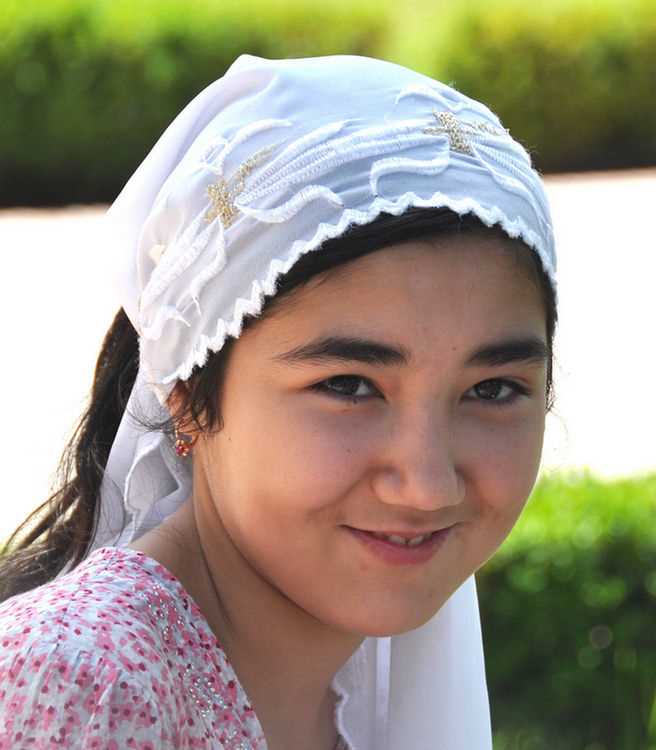


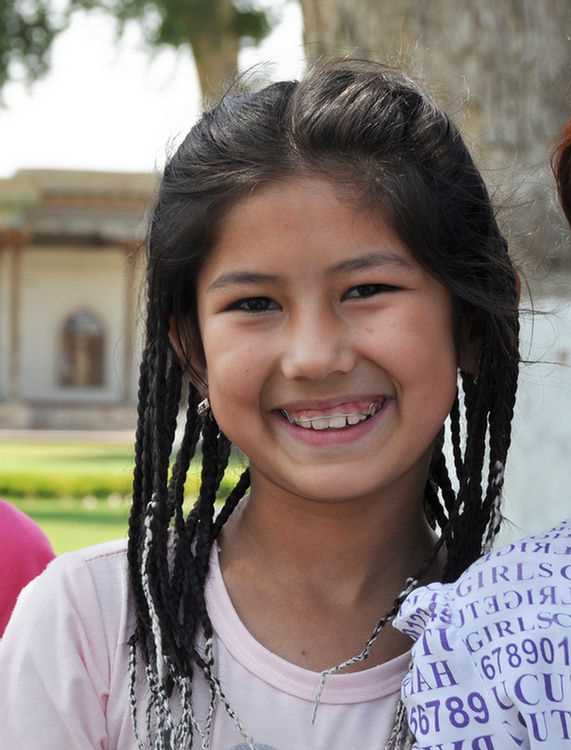

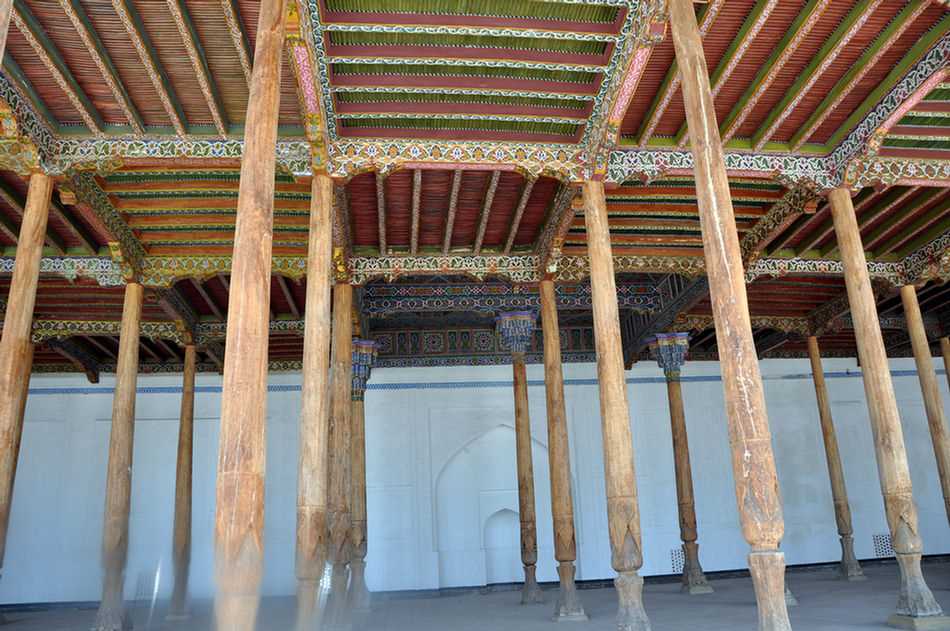
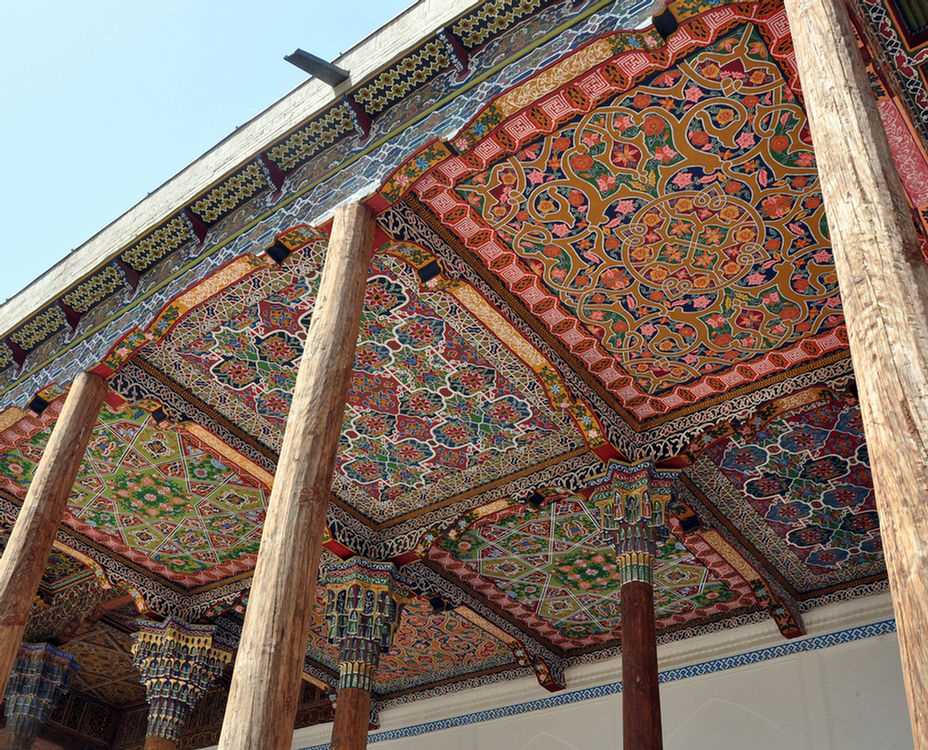
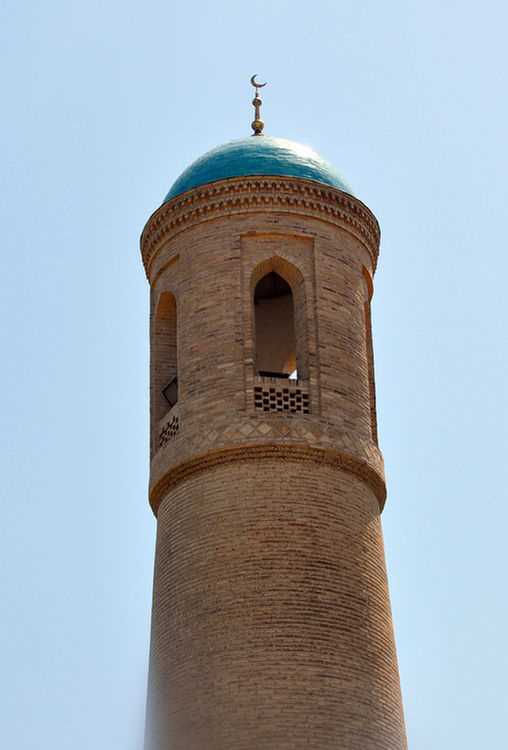

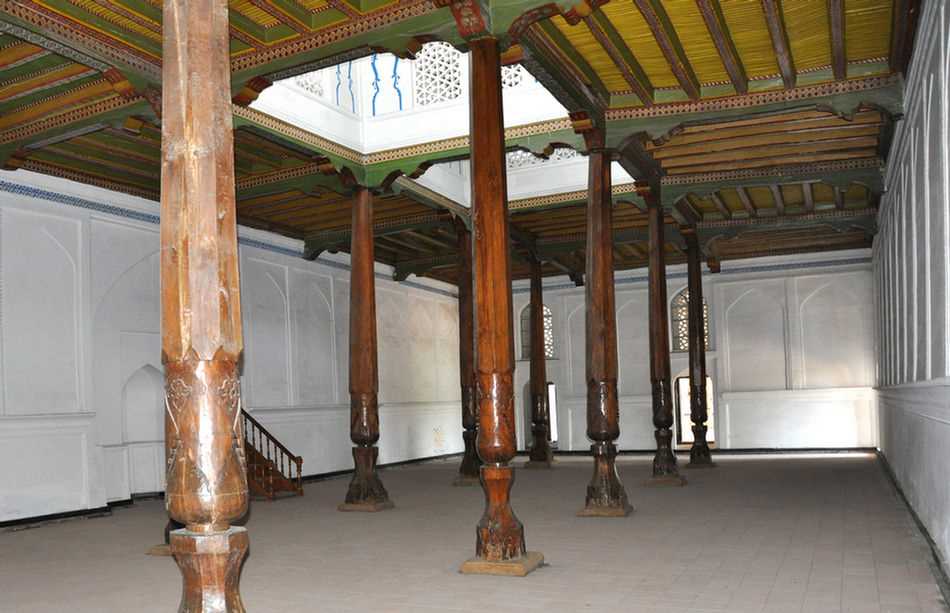
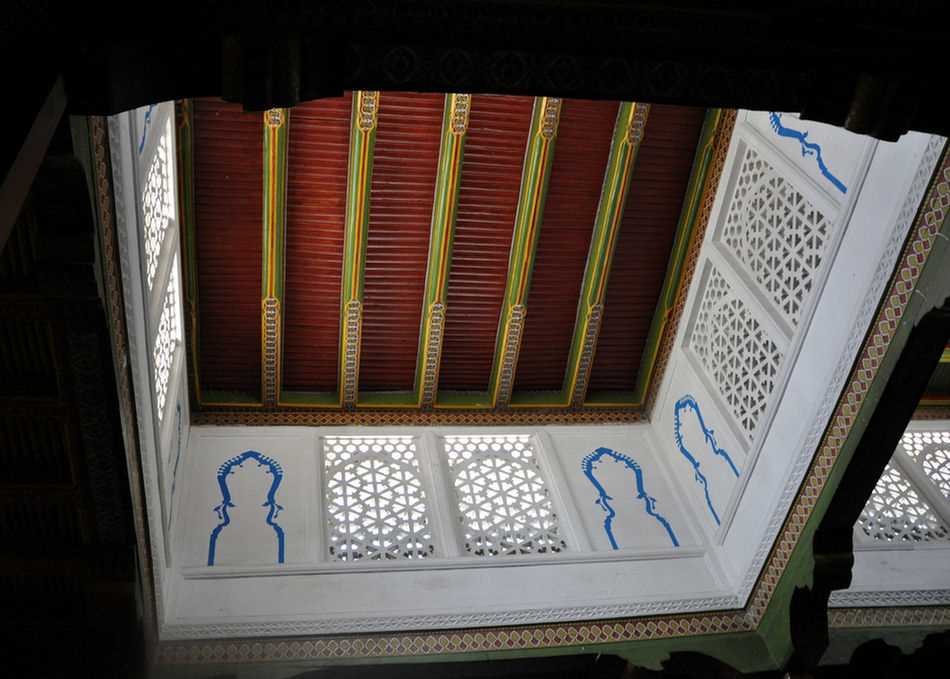
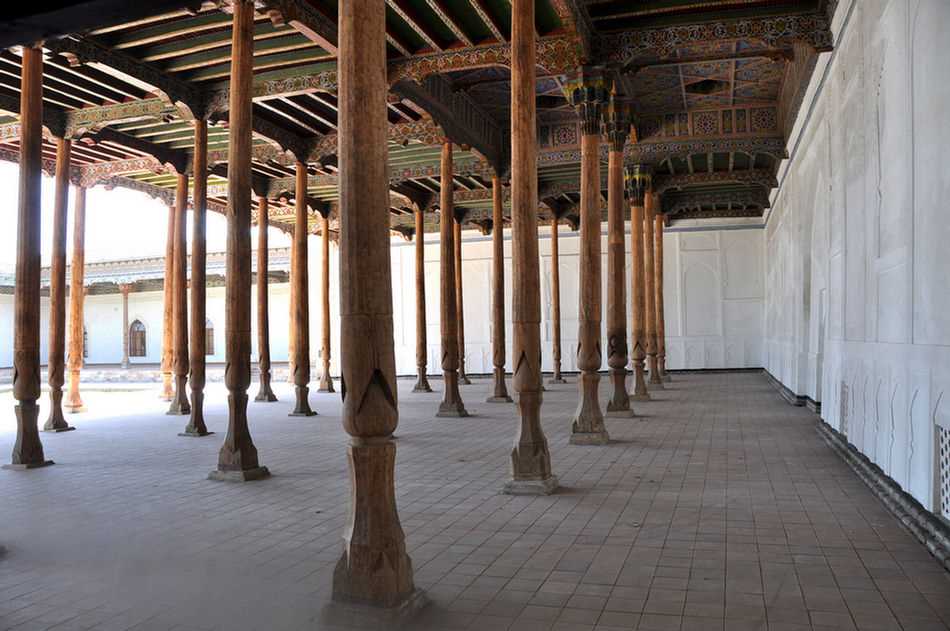
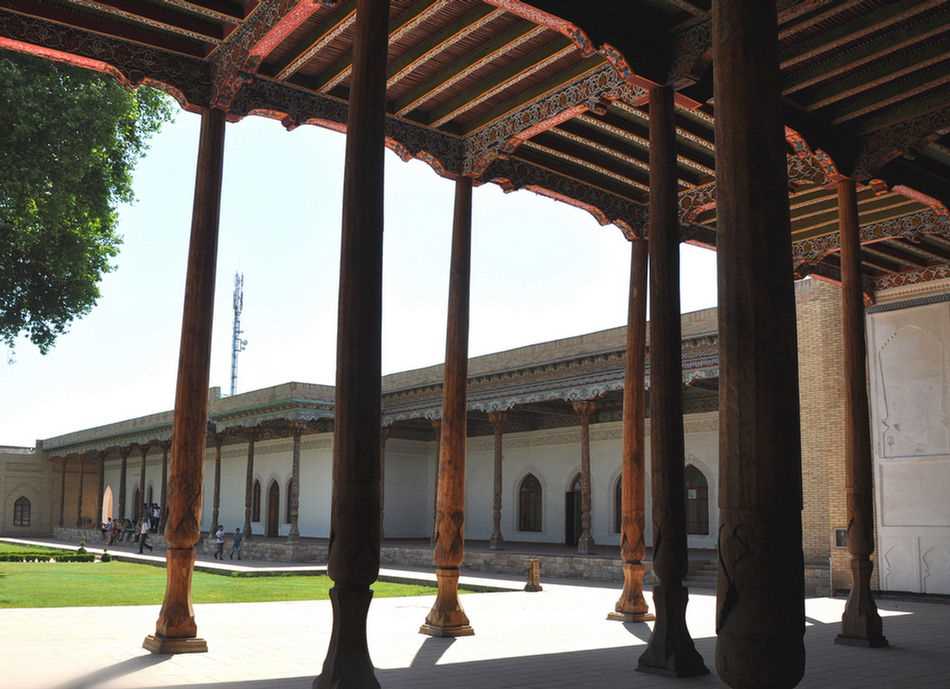
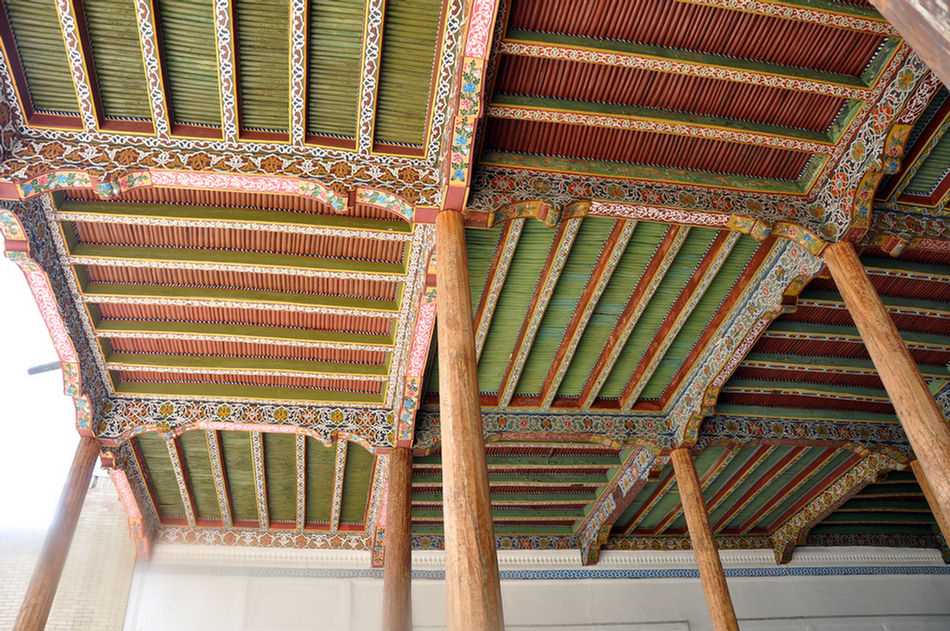
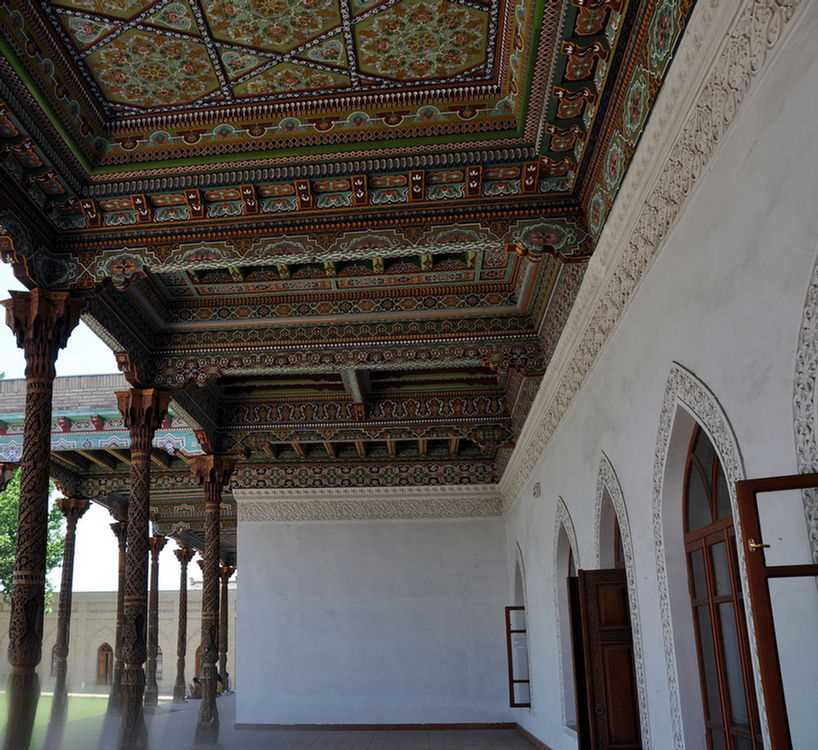
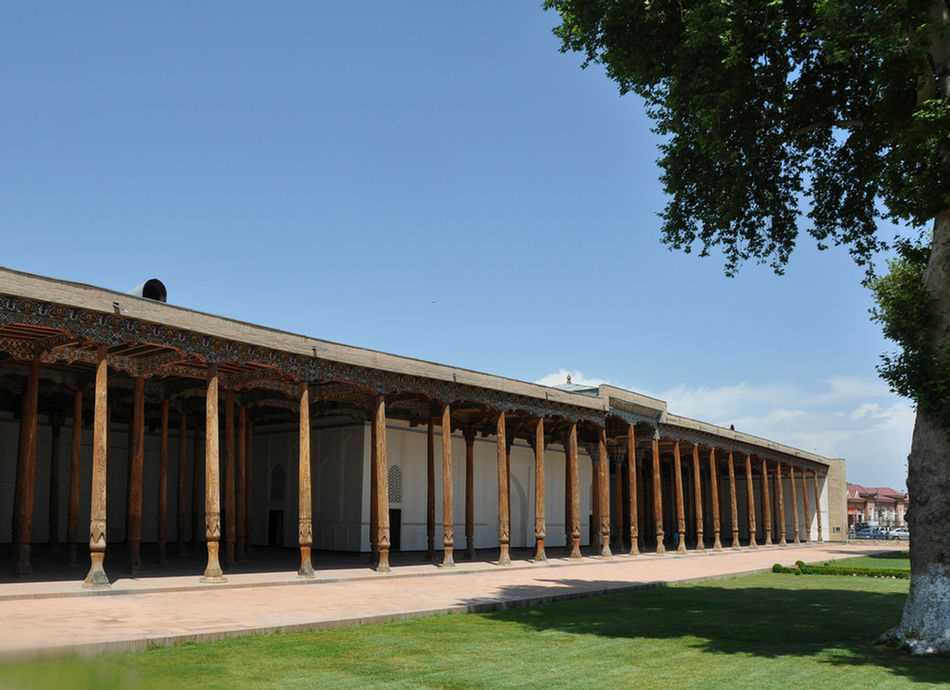
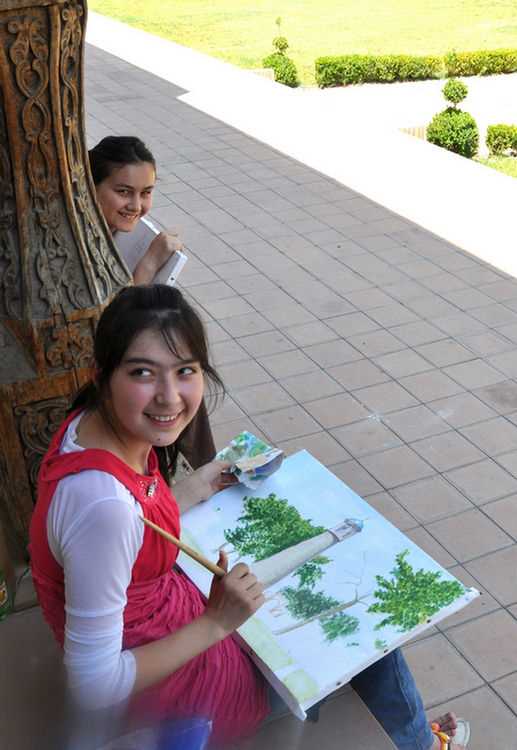
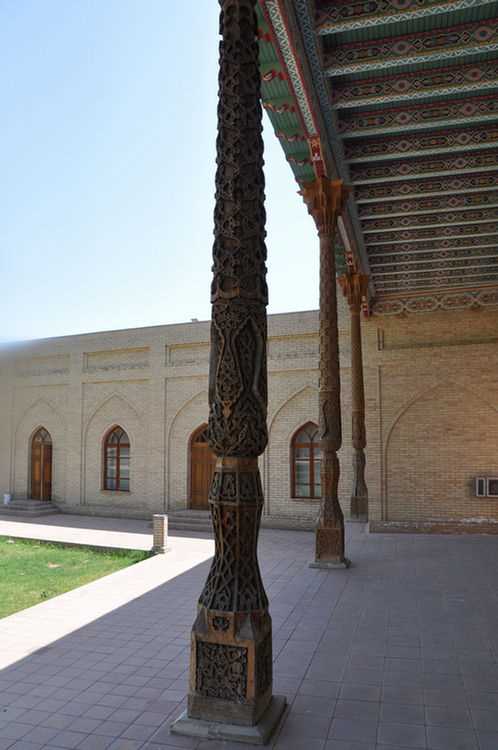
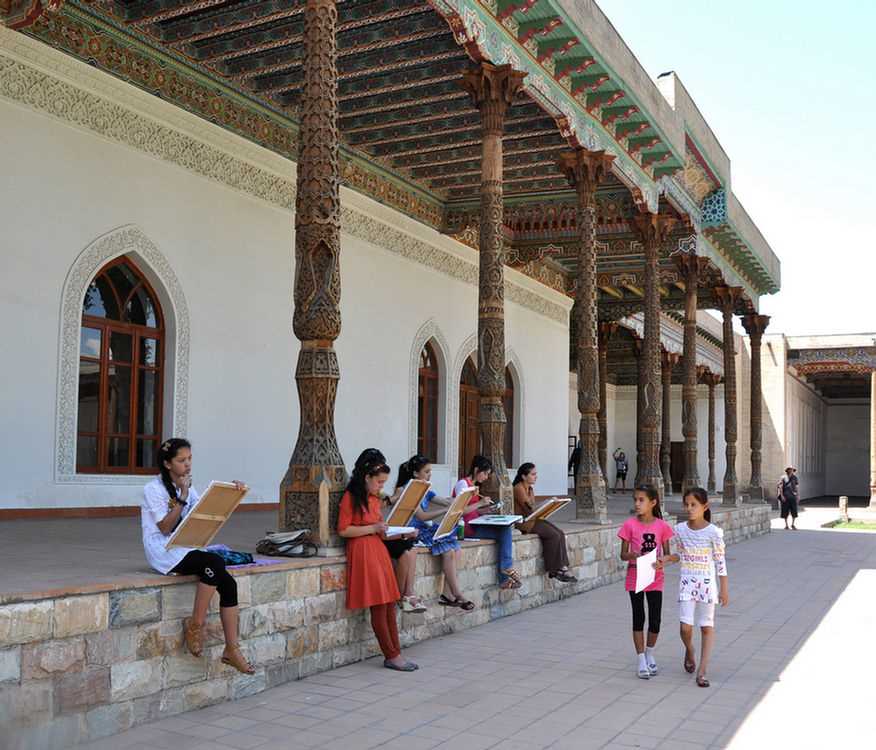
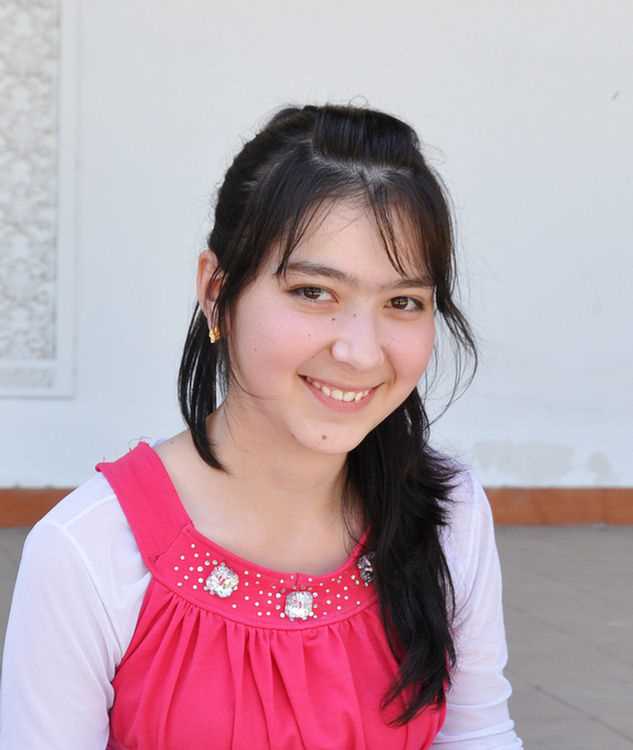
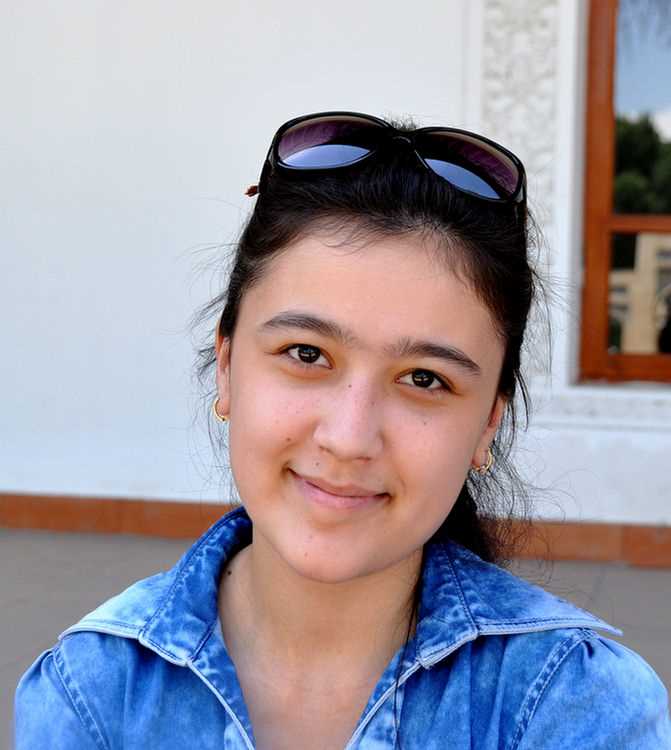
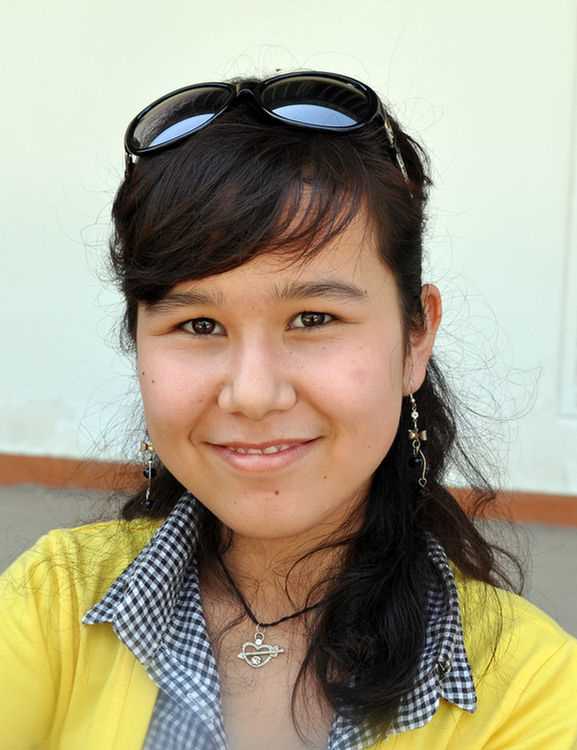
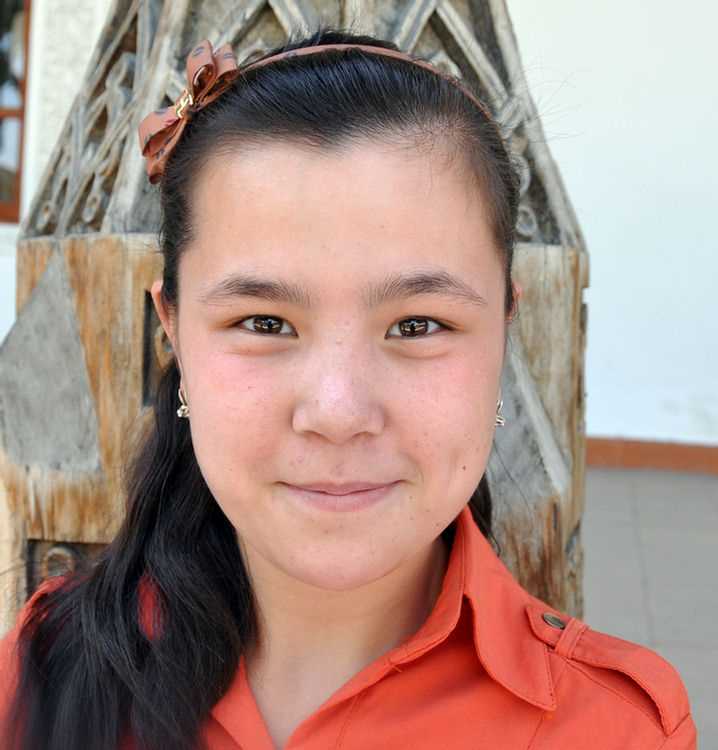

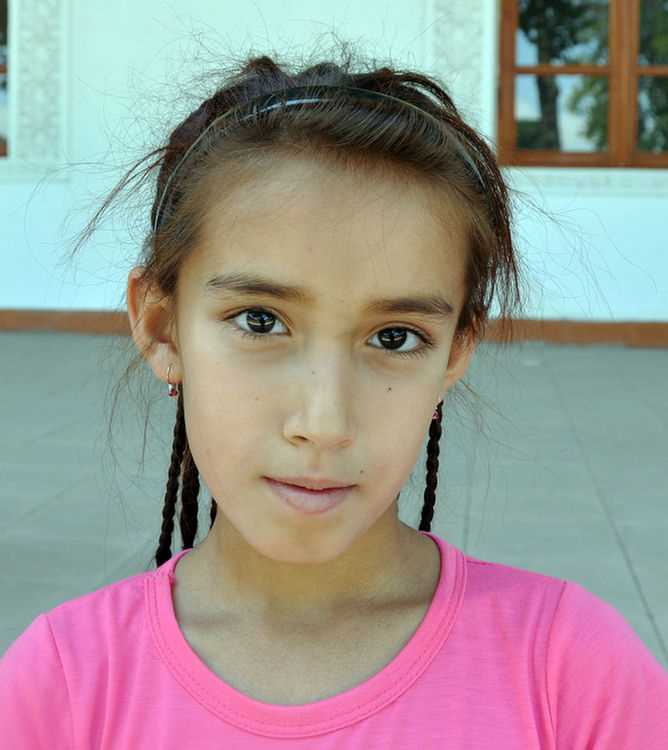
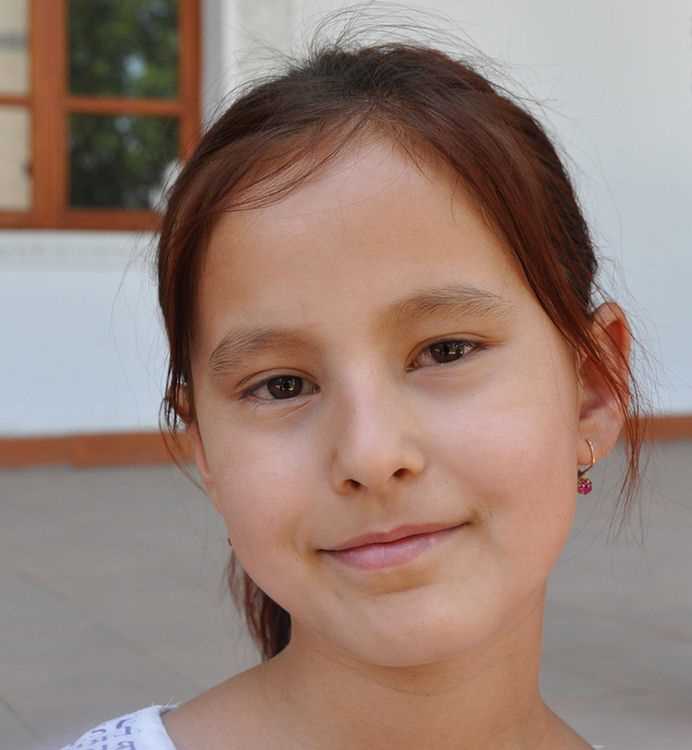

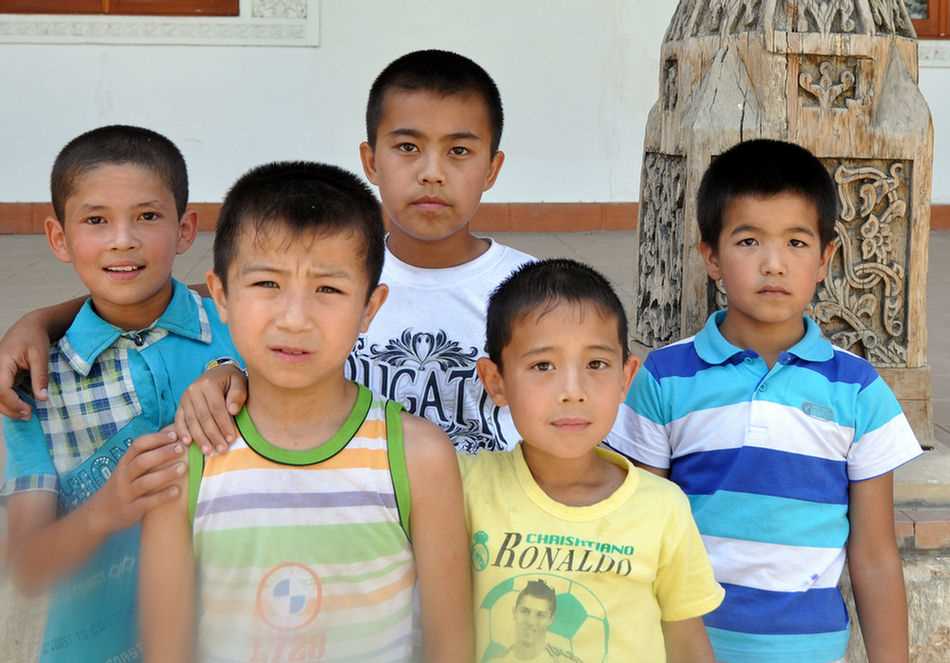
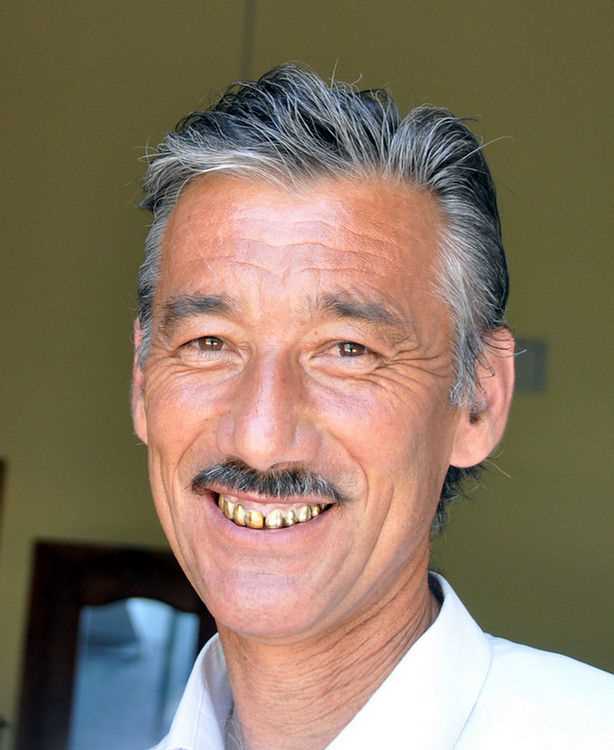

The Palace of Khudayar Khan
The Palace of Khudayar Khan, the last ruler of the Kokand Khanate, was built between 1863 and 1874.
Upon completion, it was one of the largest and most opulent palaces in Central Asia.
19 of its original 113 rooms survive.
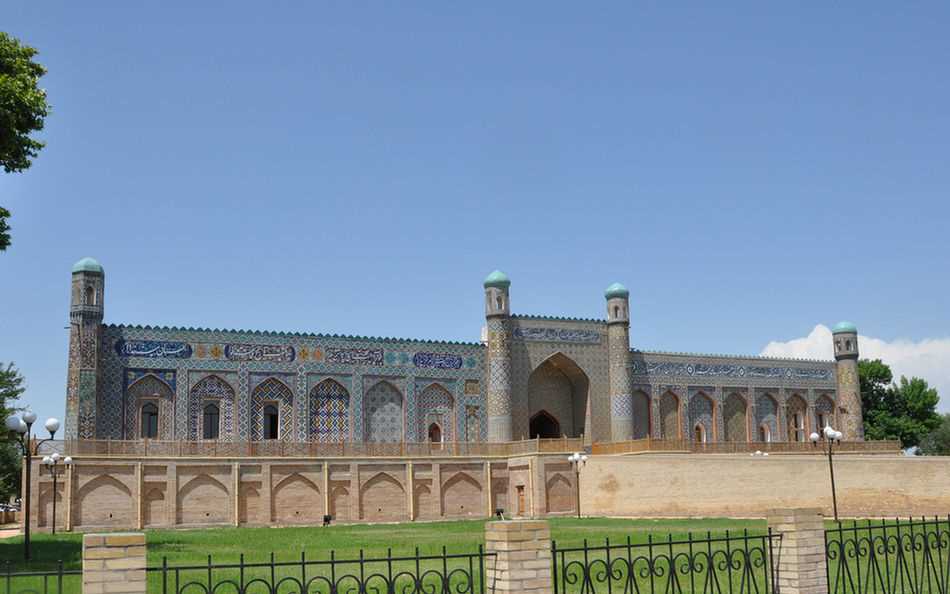
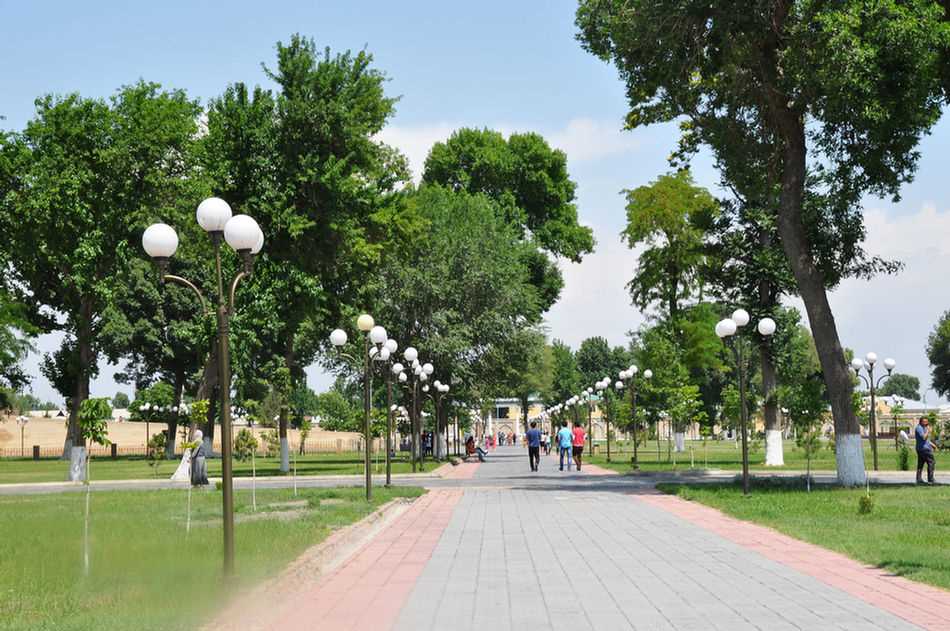
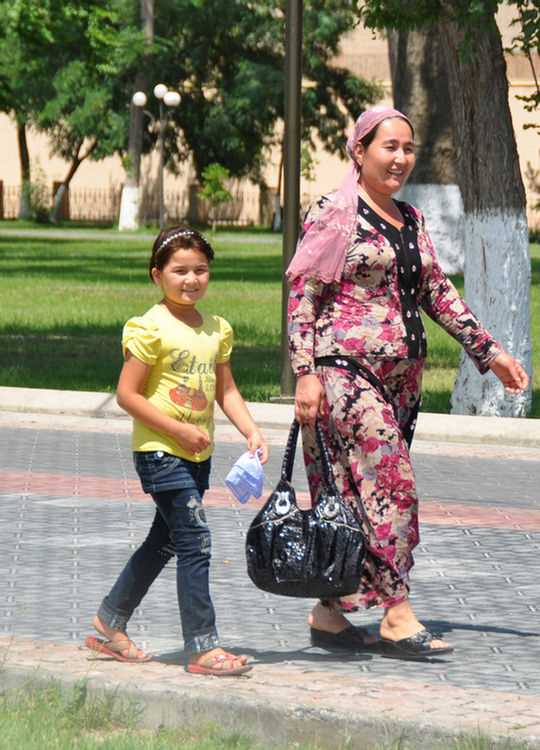
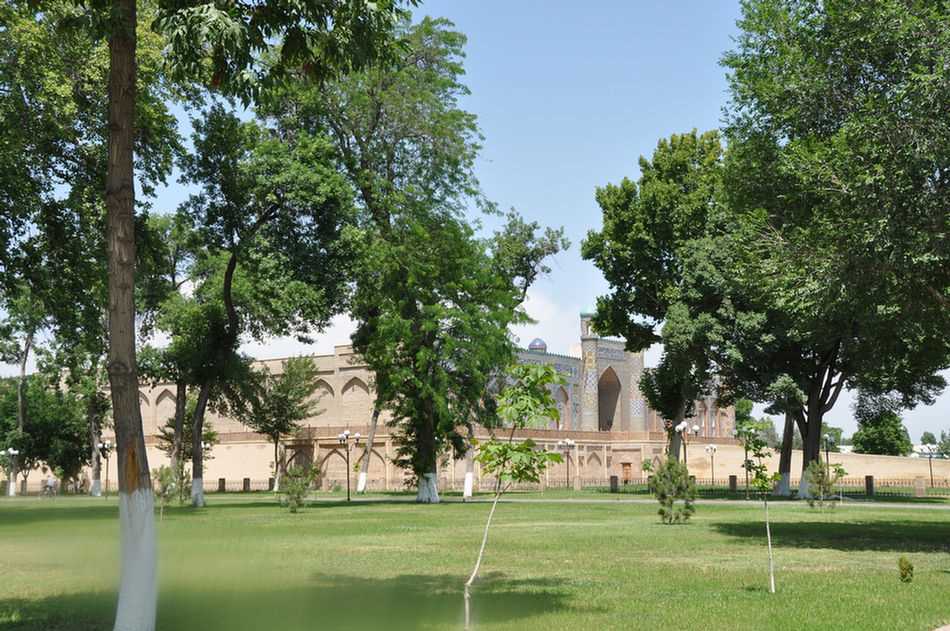
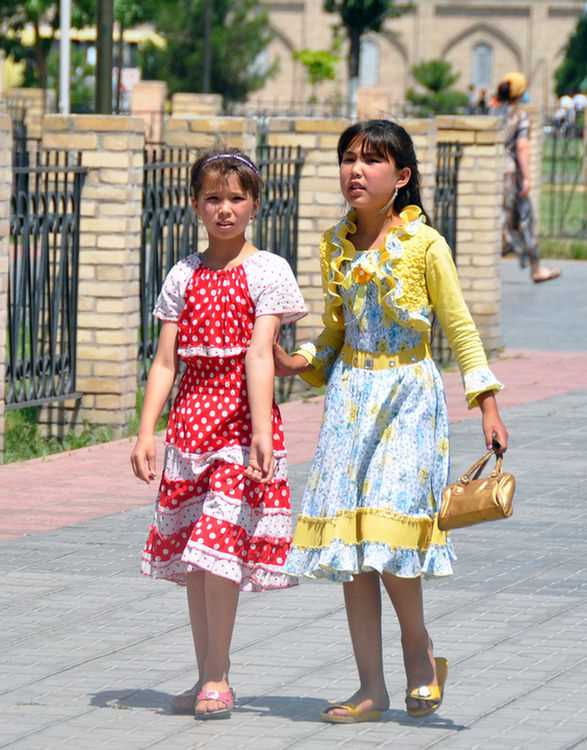
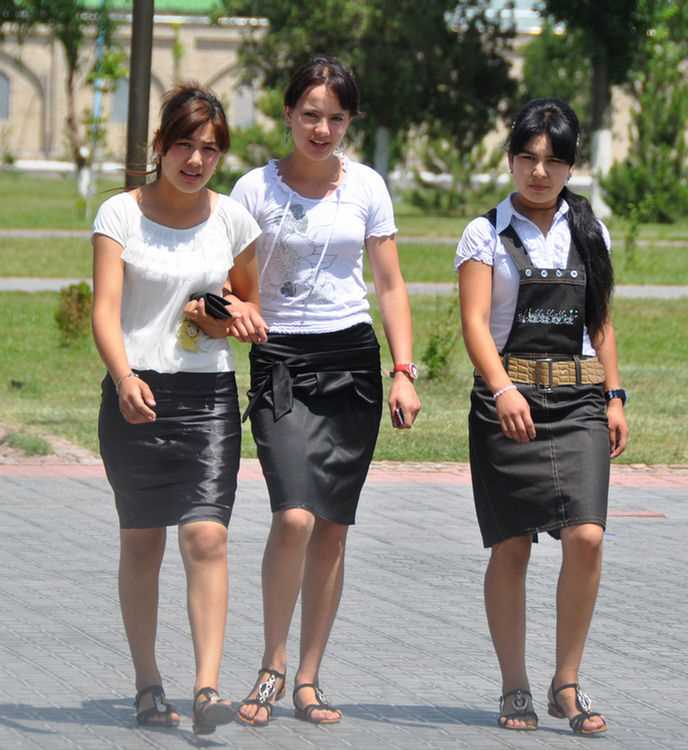
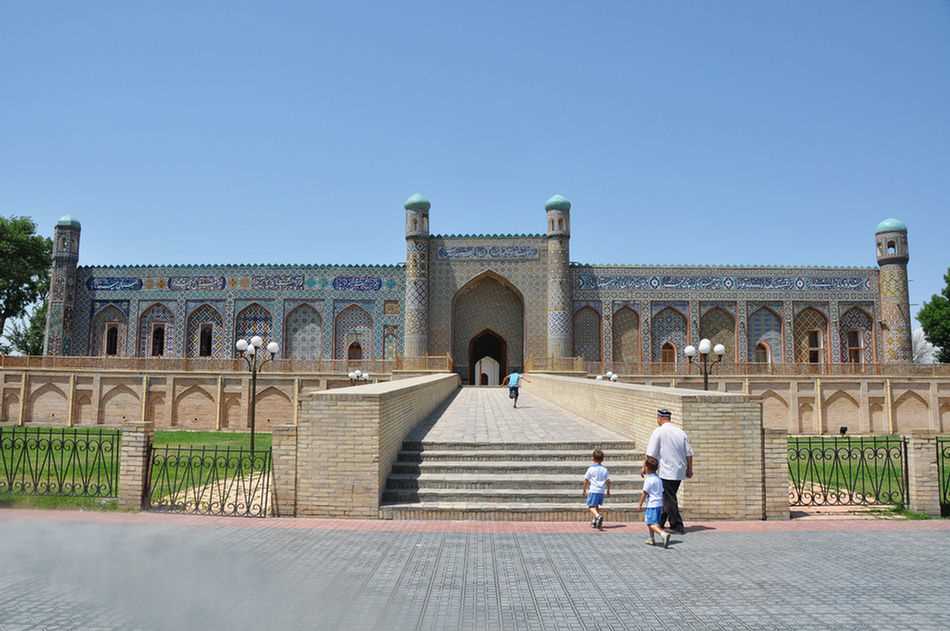
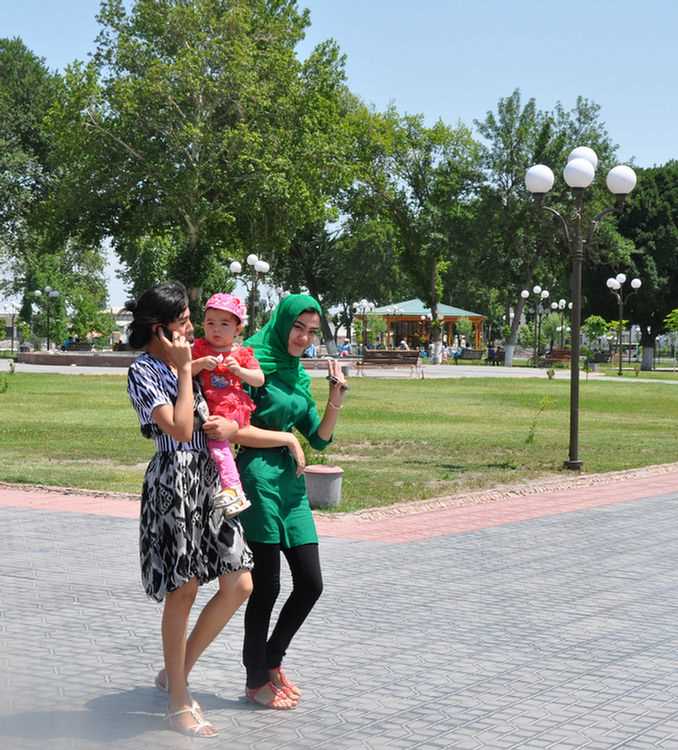
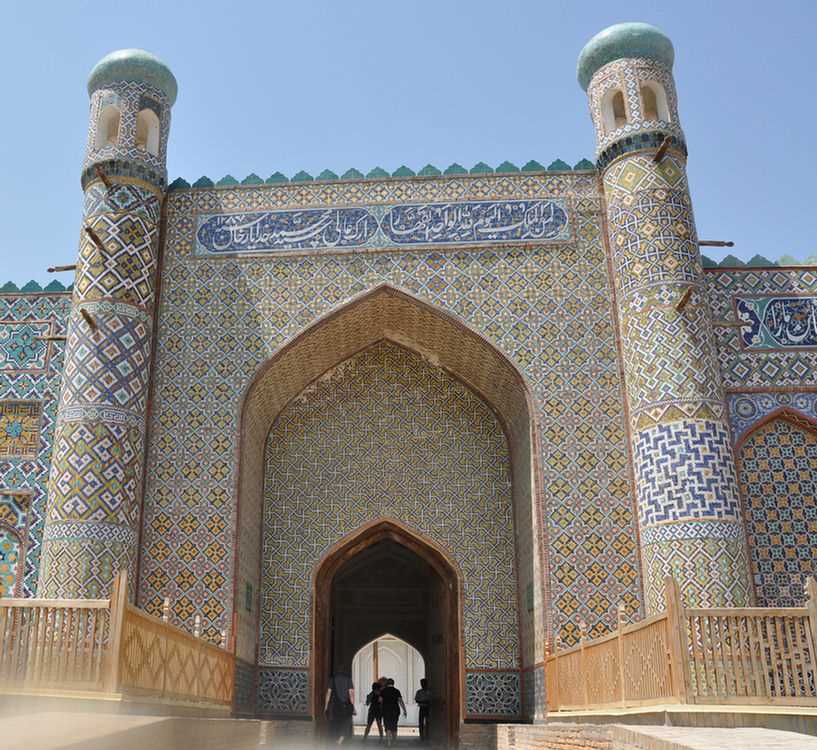
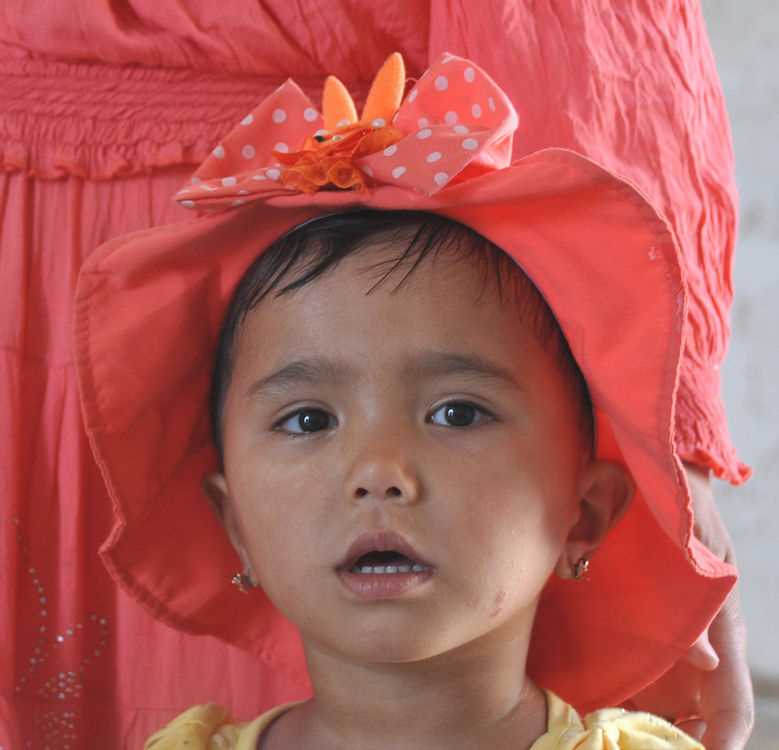
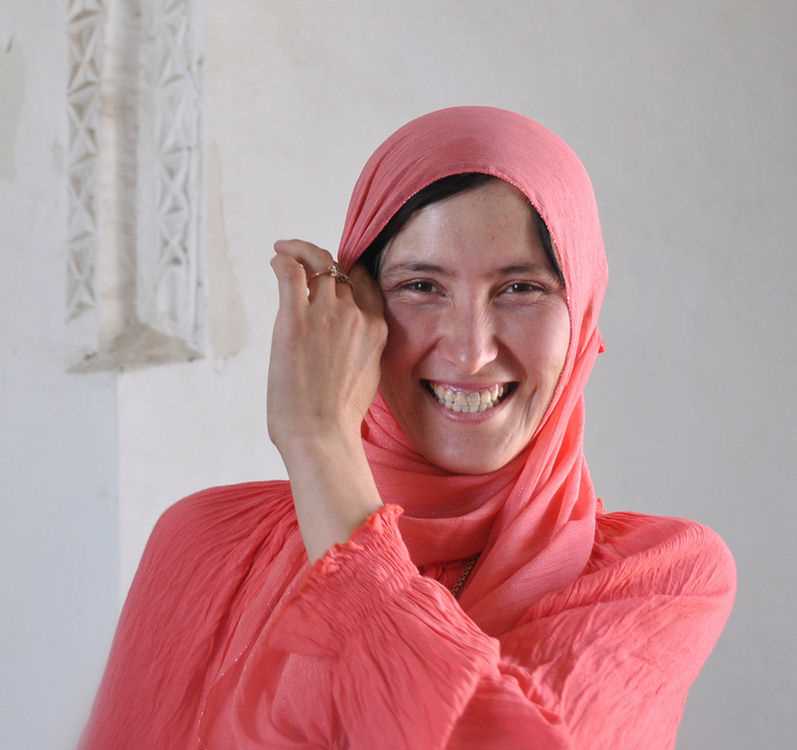

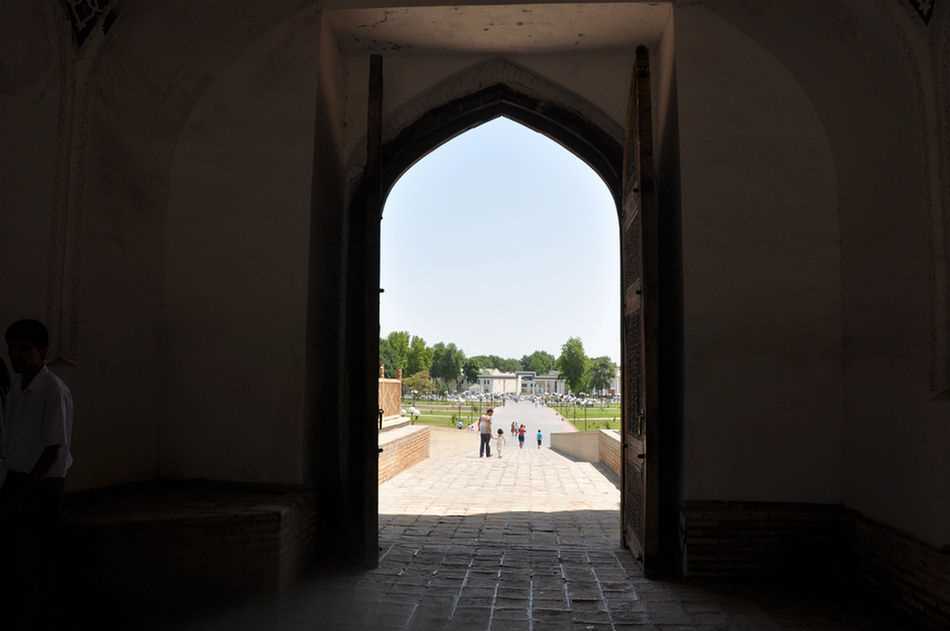
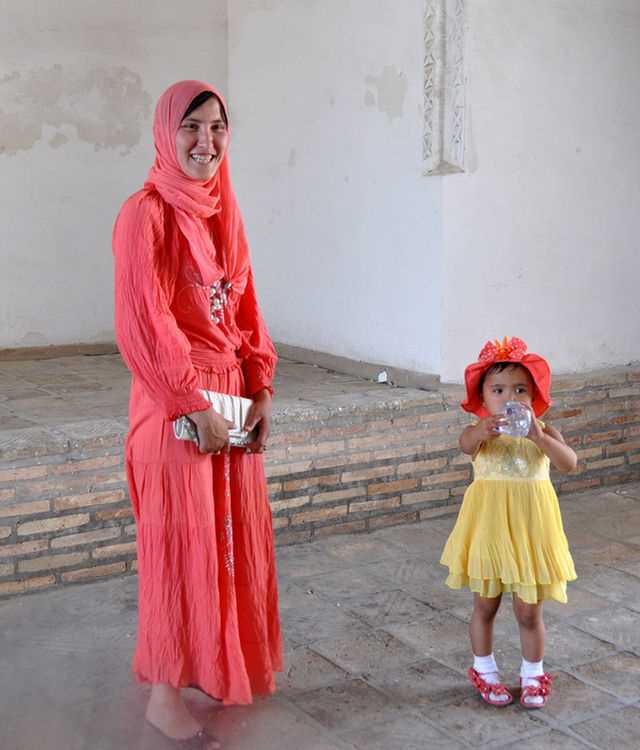
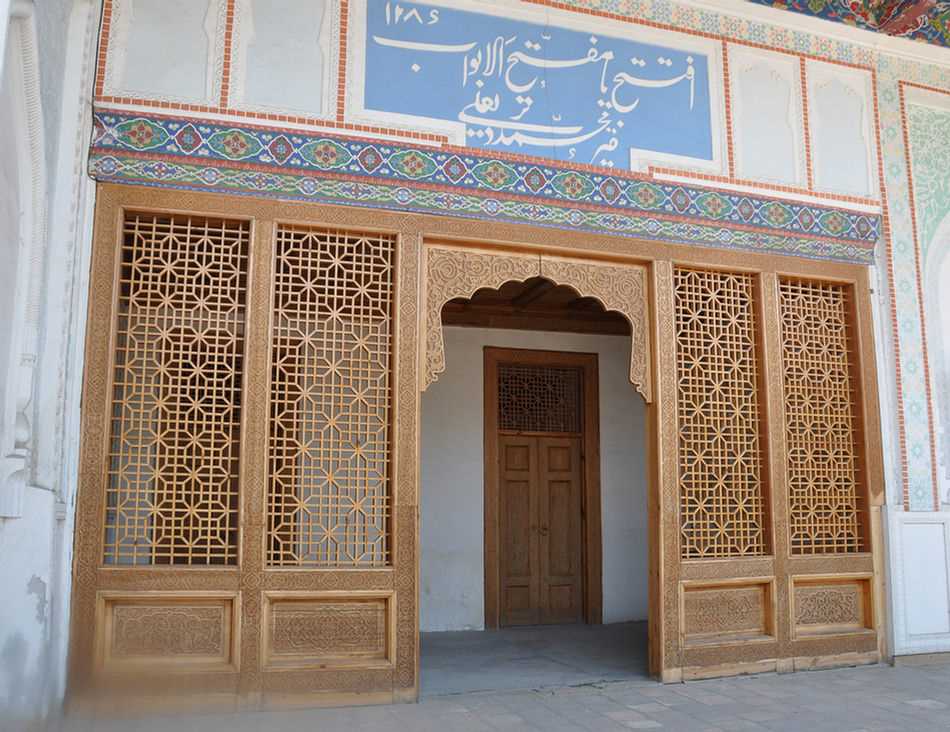
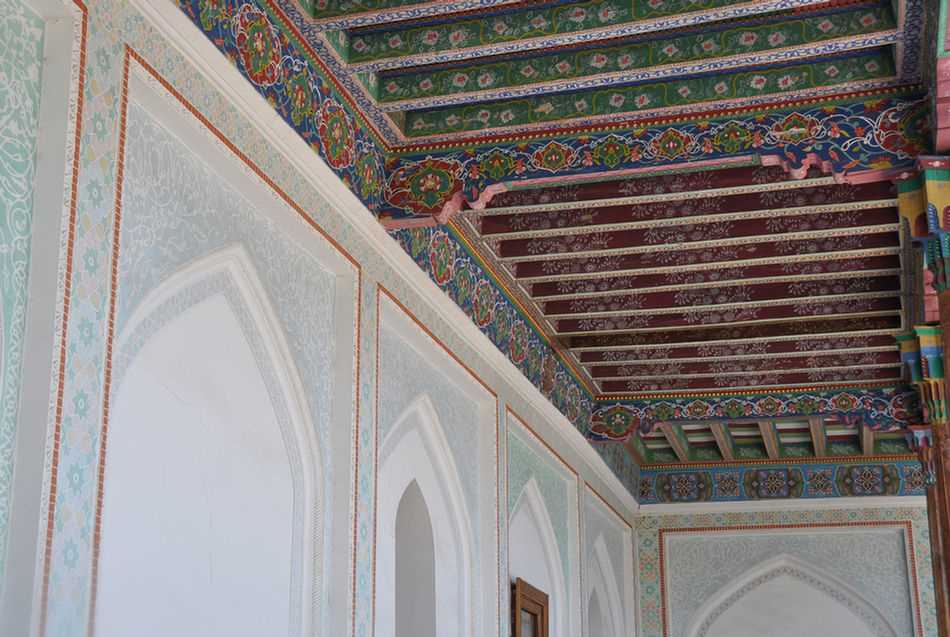
The Khan's bed.
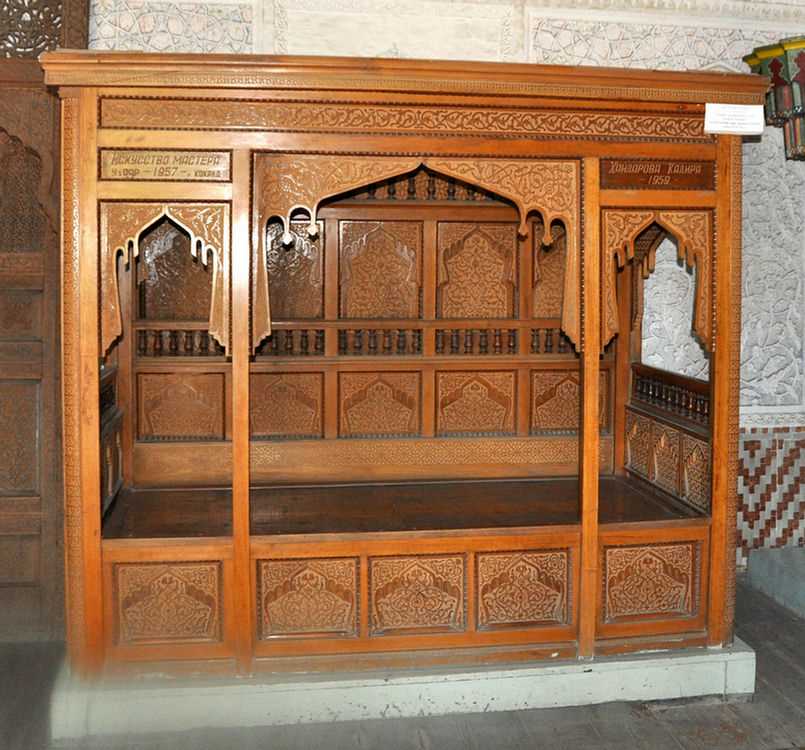

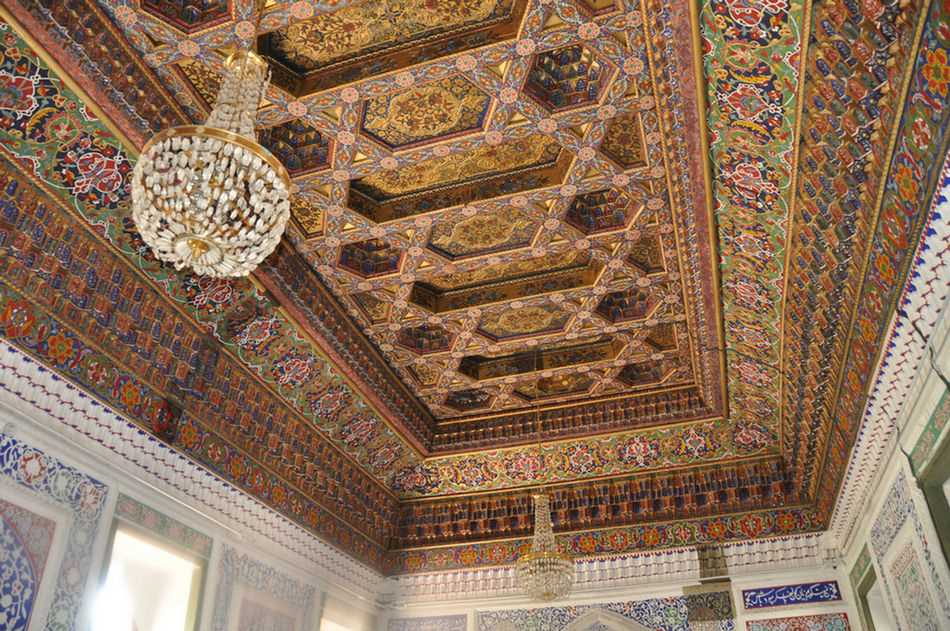
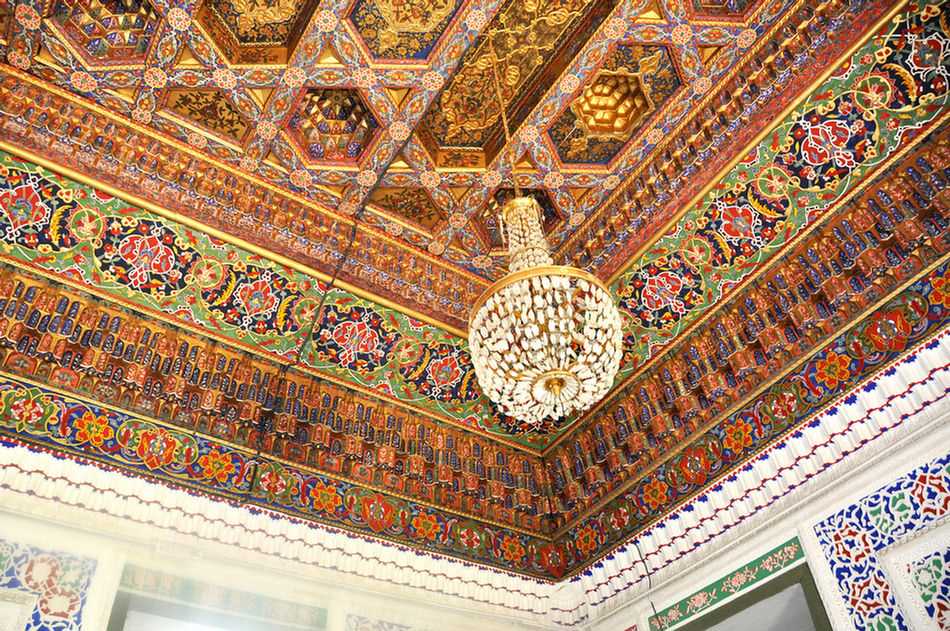
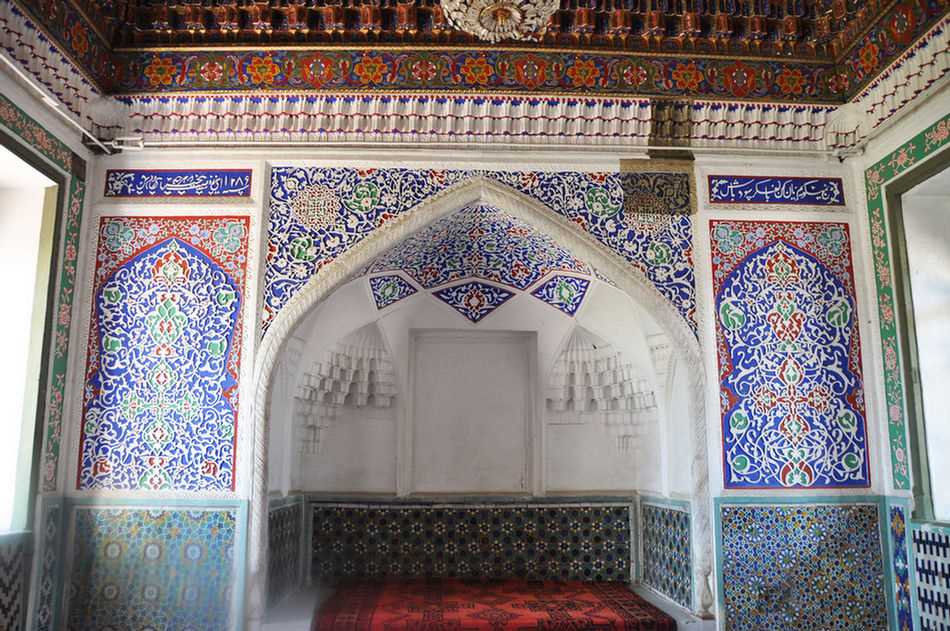
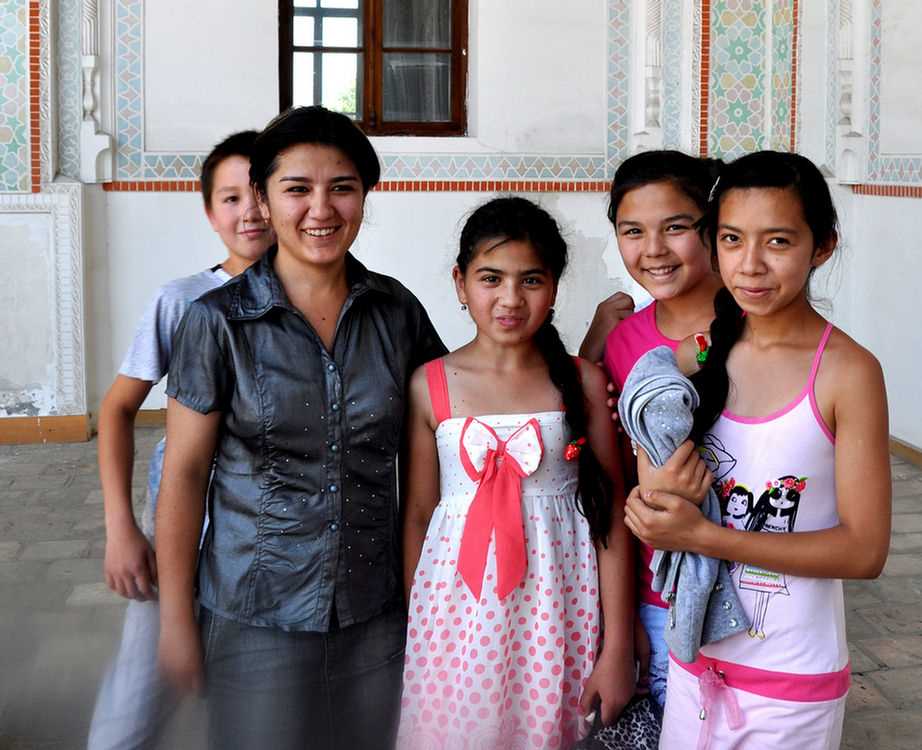
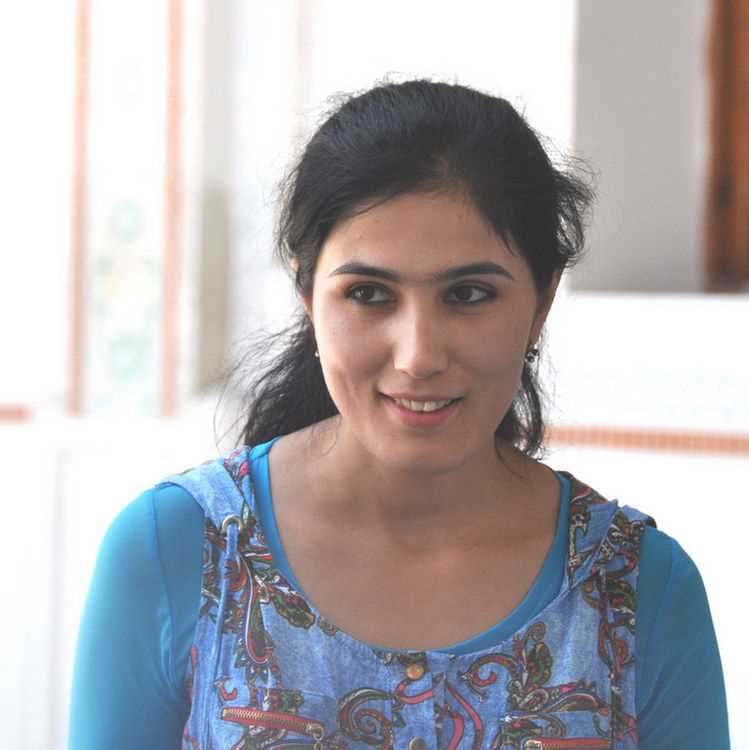
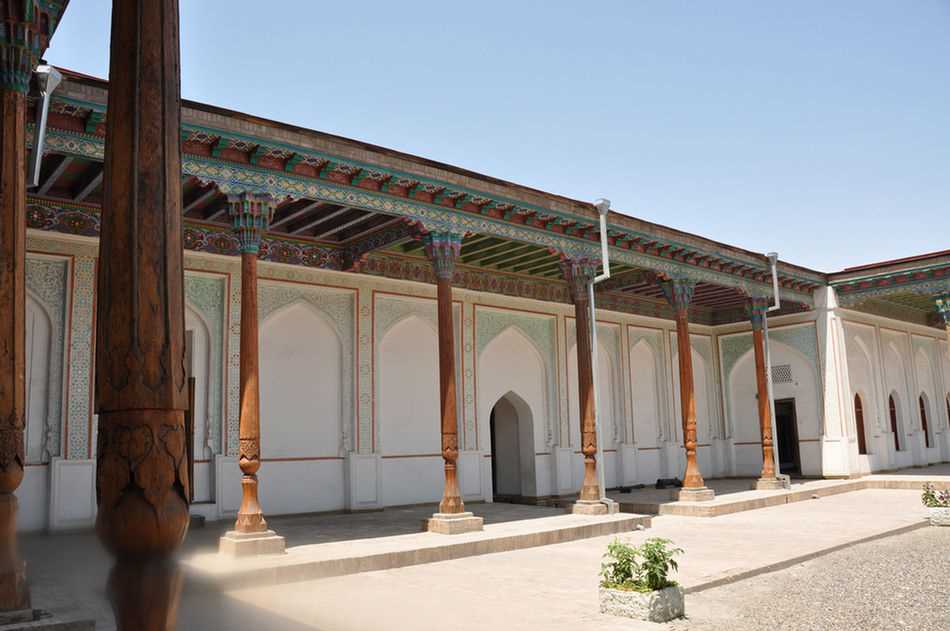
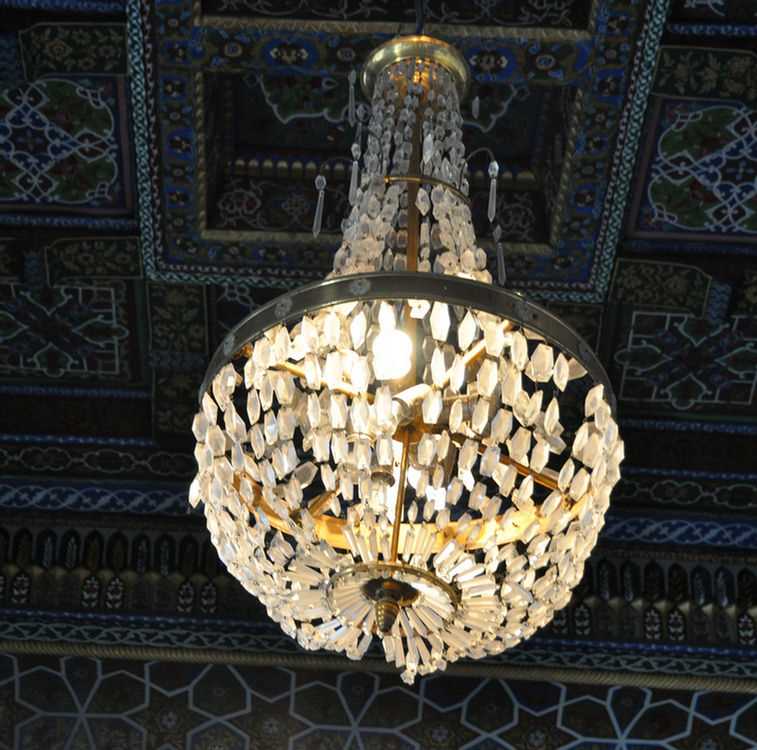
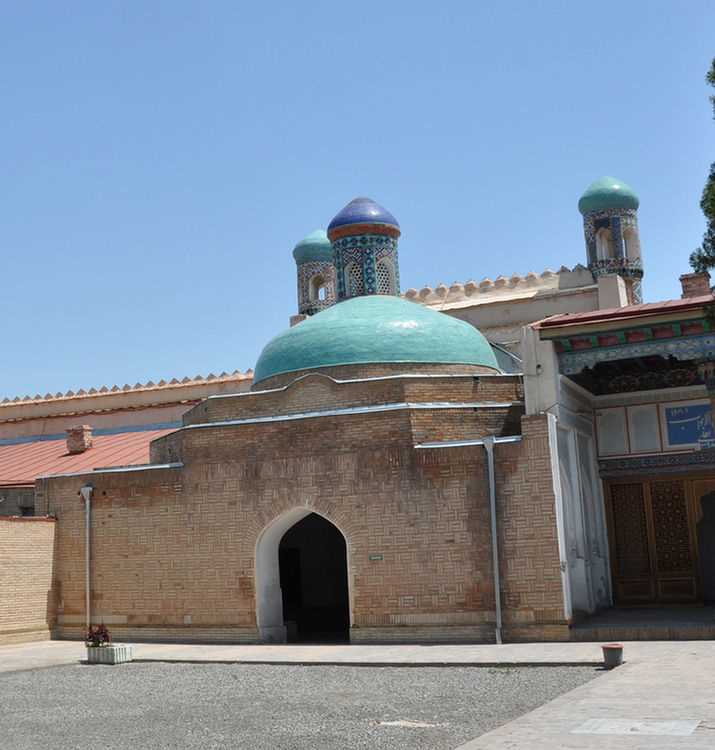
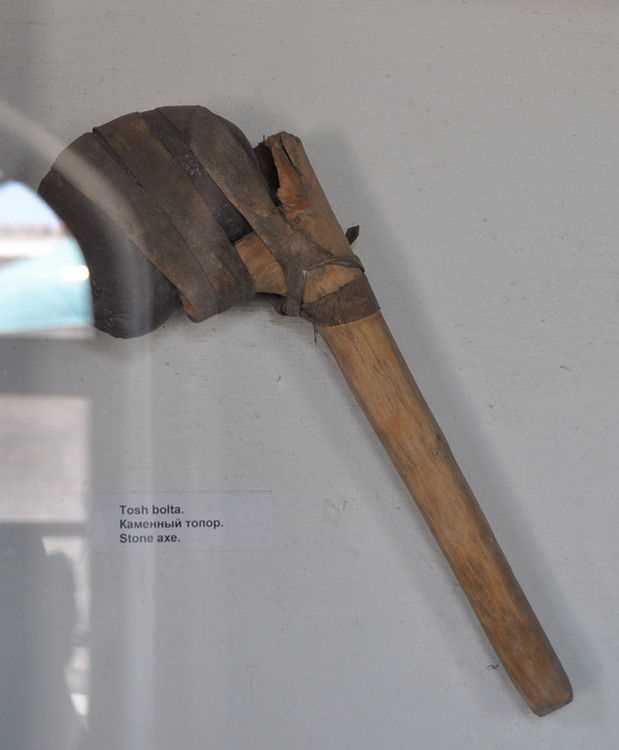
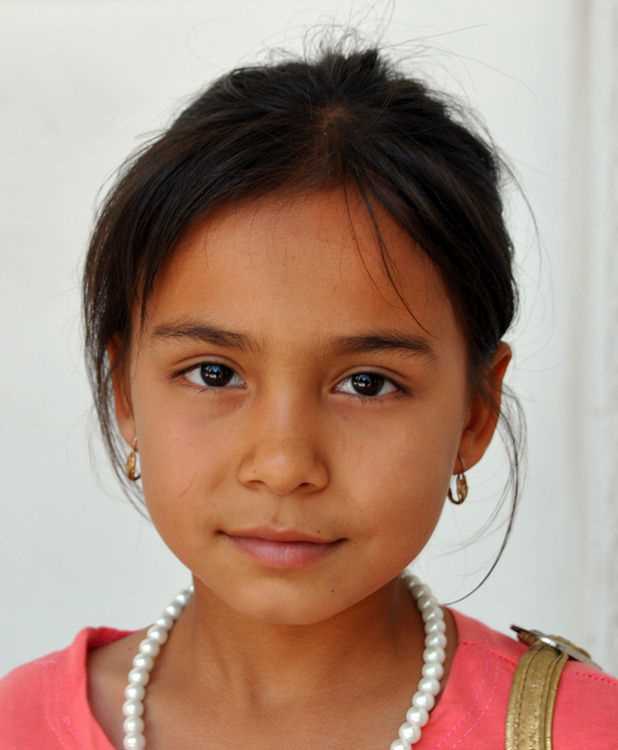
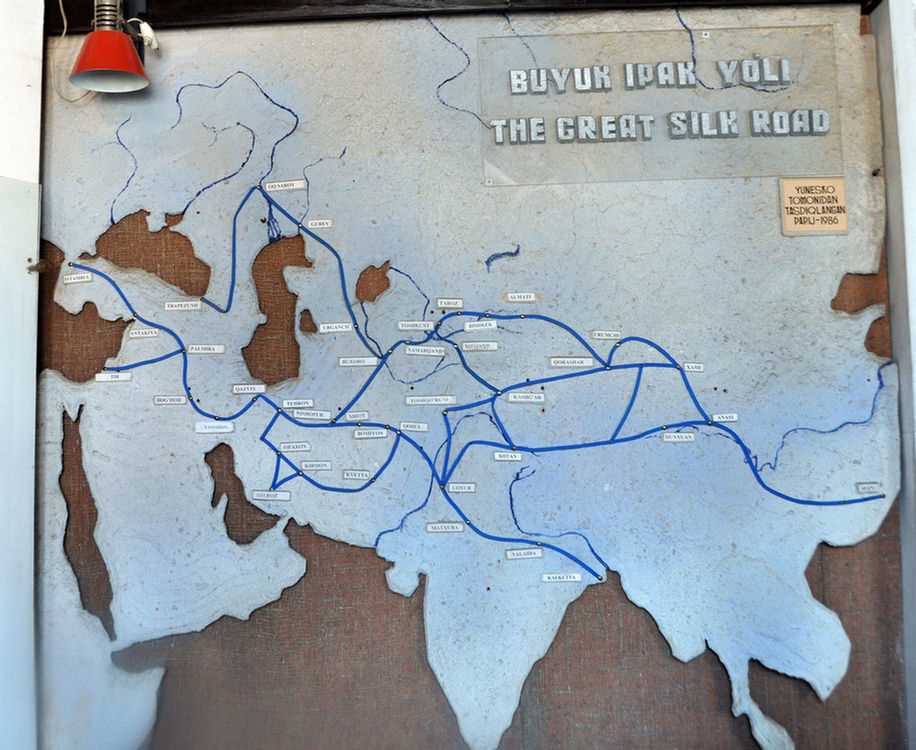
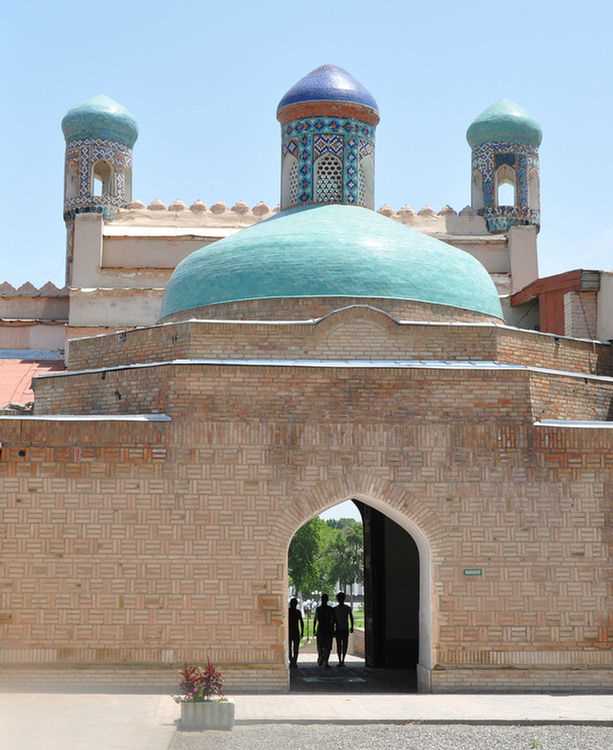
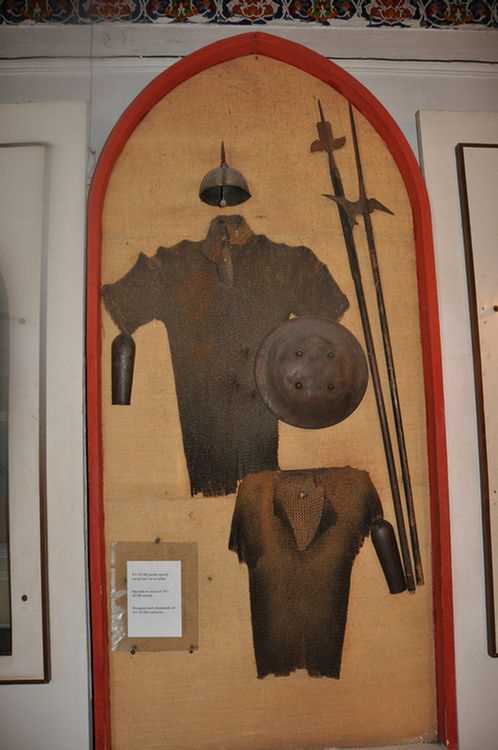
Russian Imperial Forces captured the city in 1883.
Four of the original courtyards have been restored.
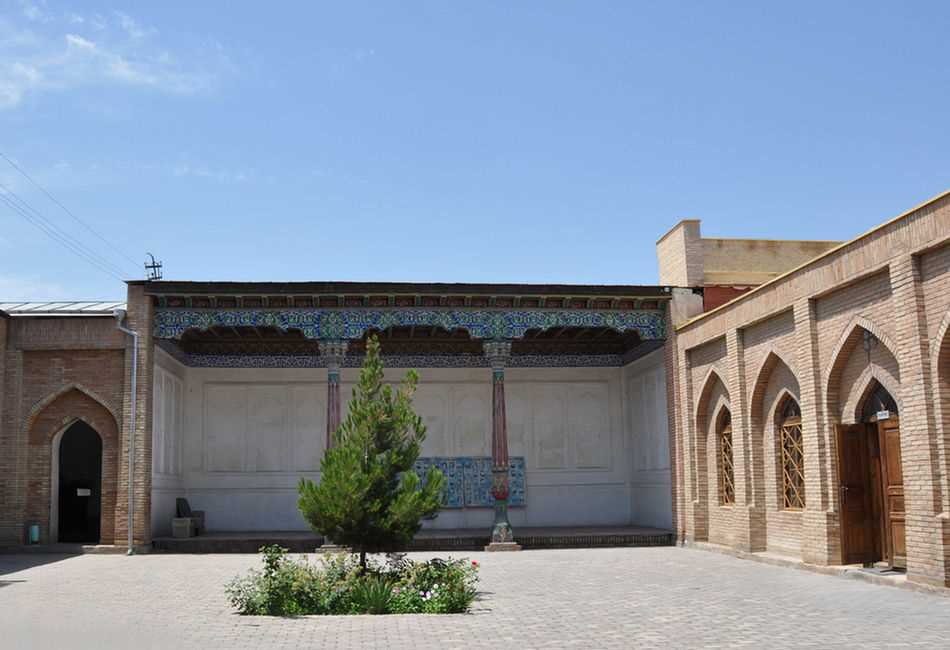
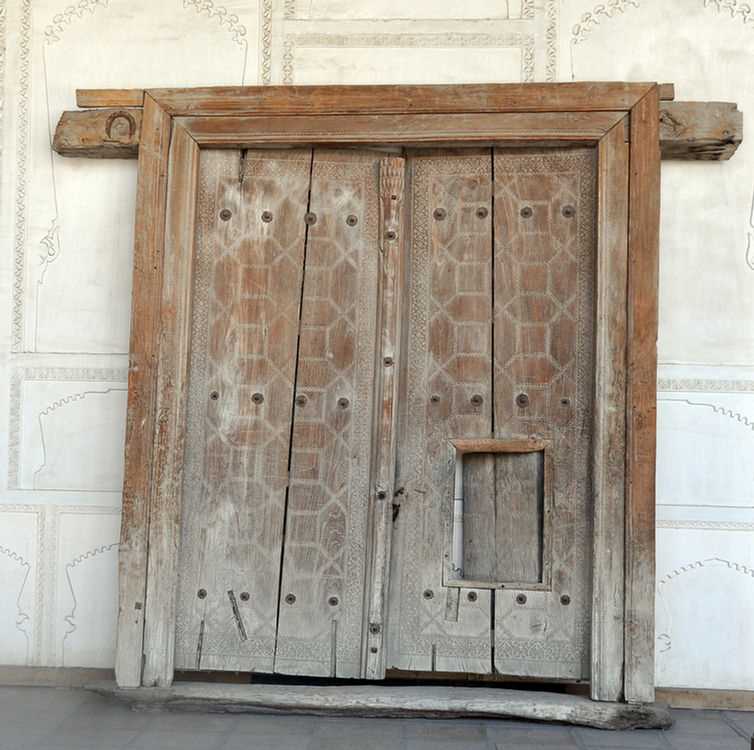
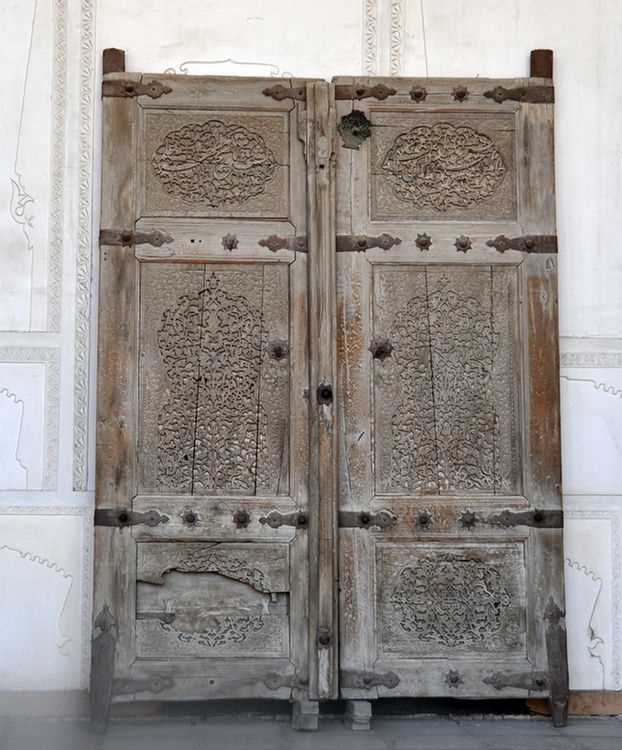
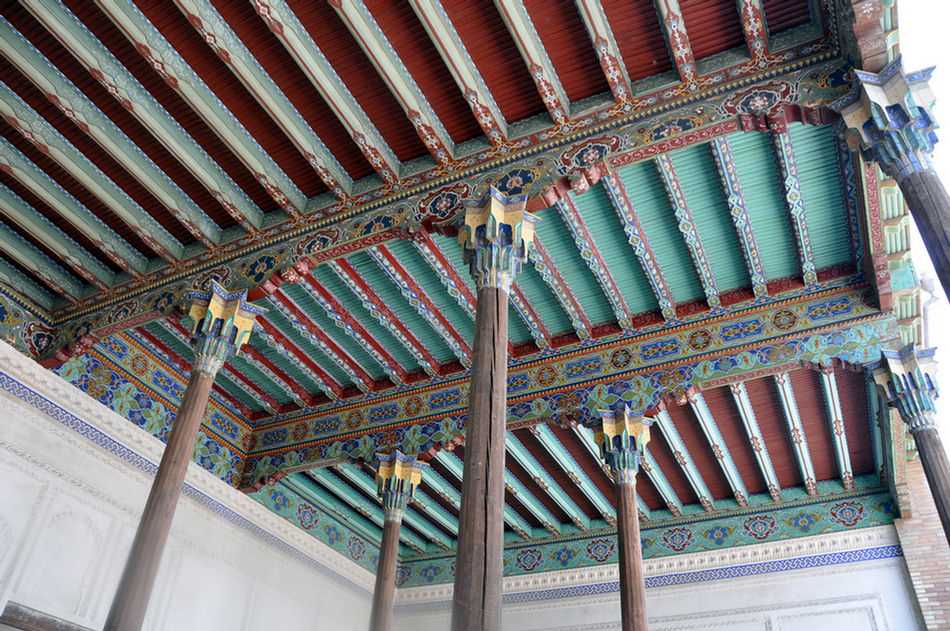
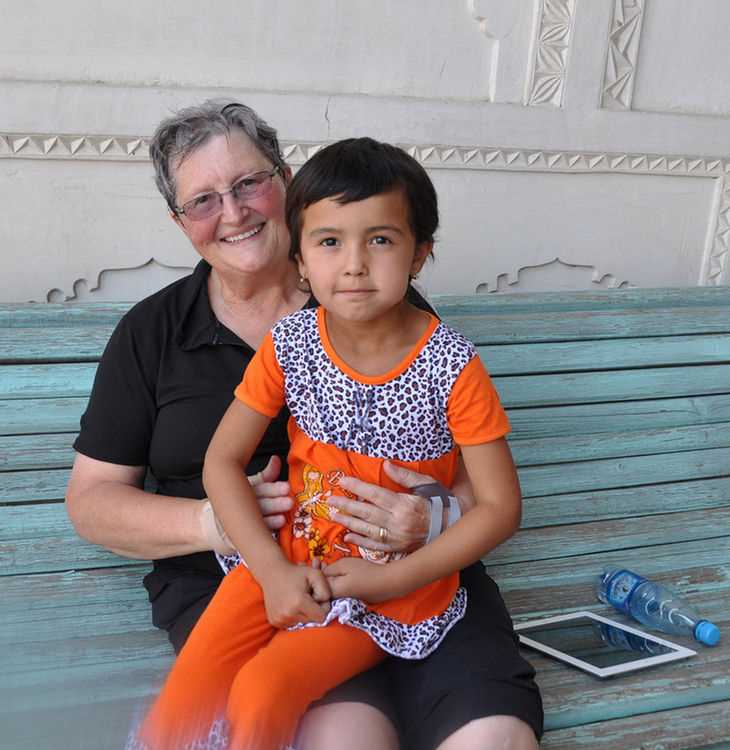
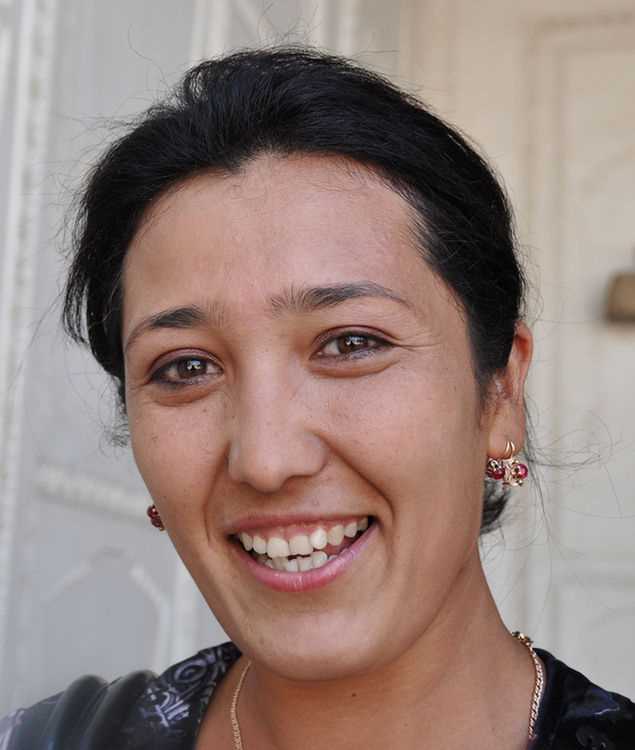
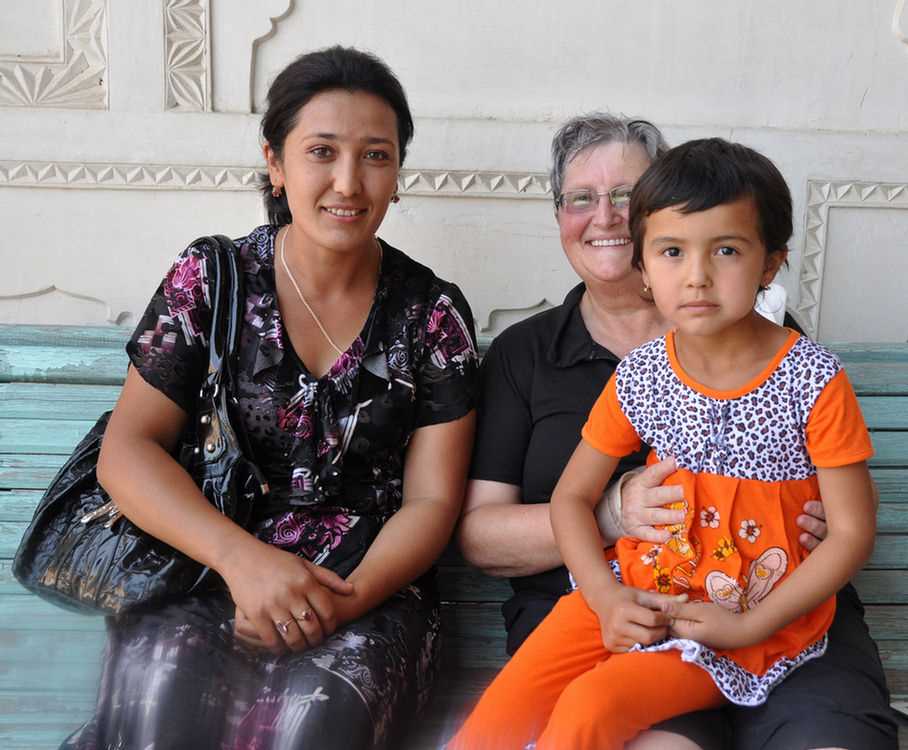
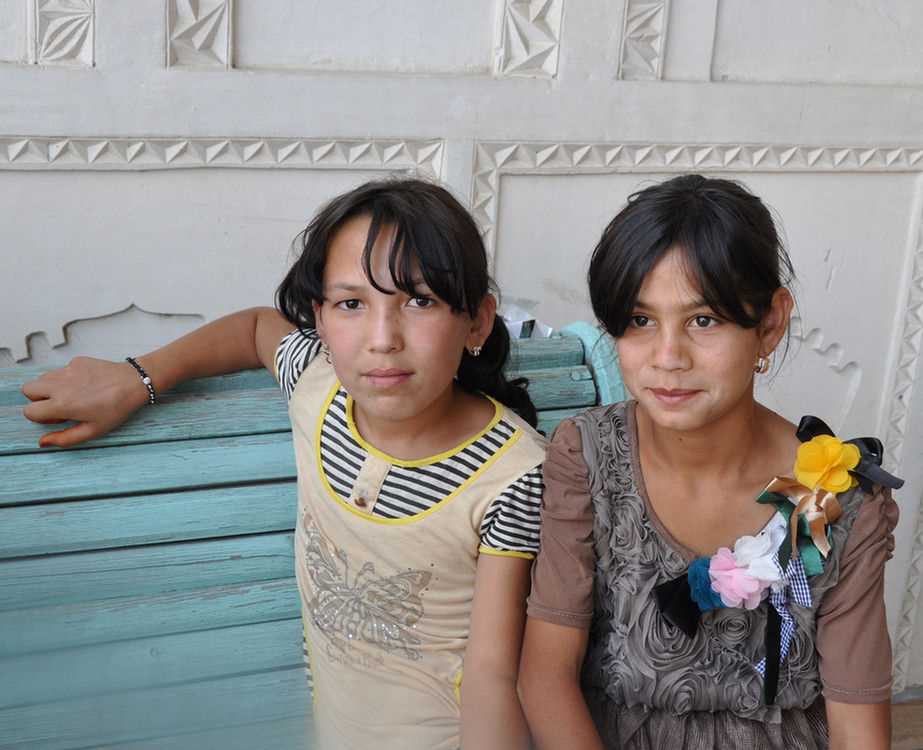
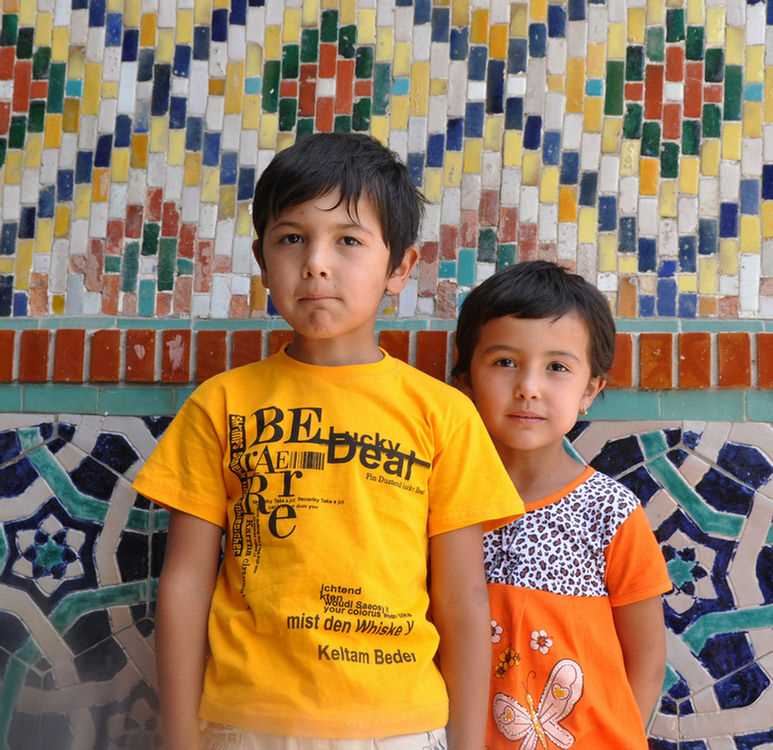
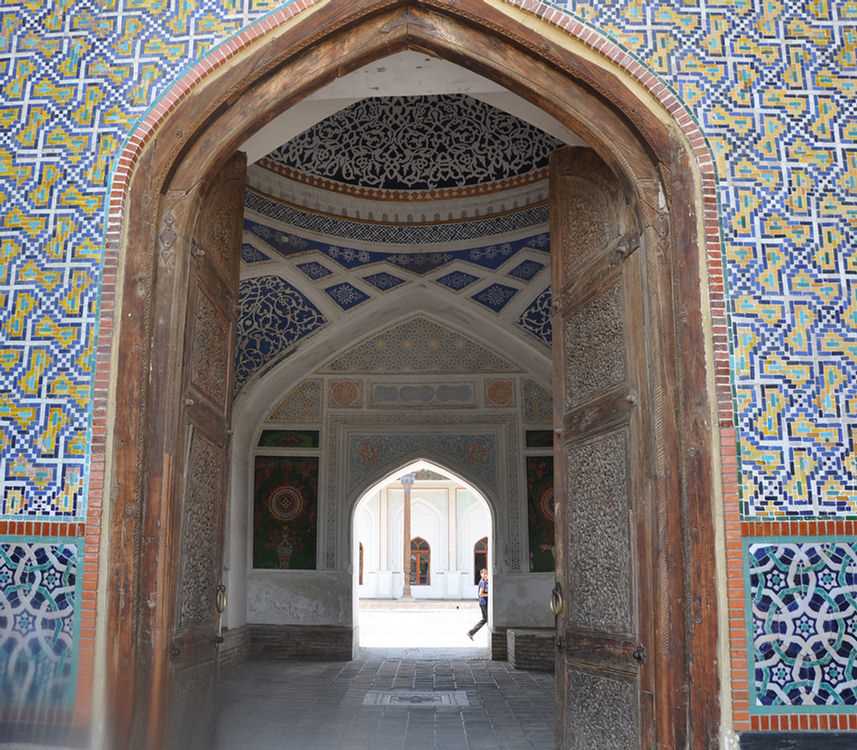
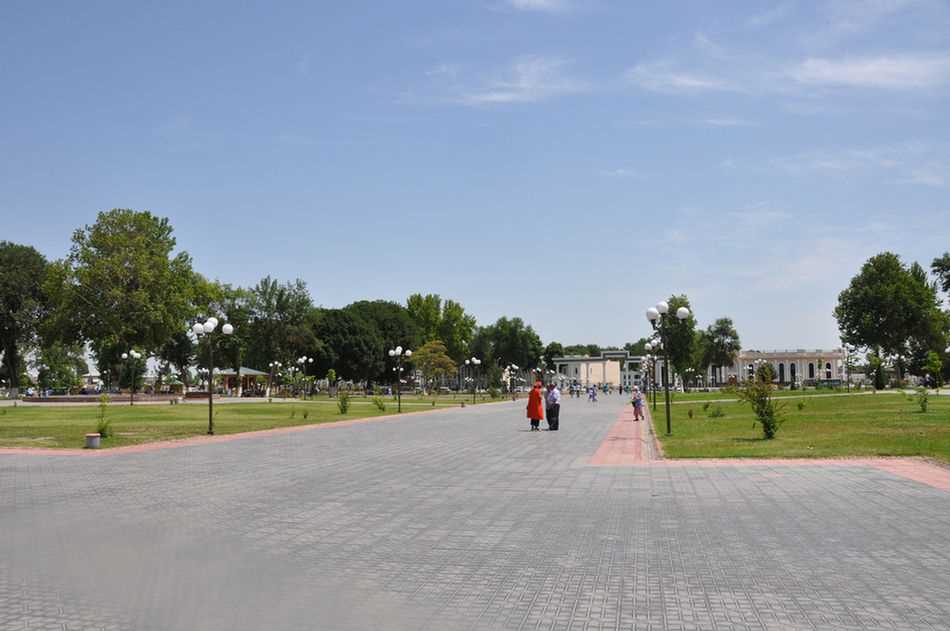
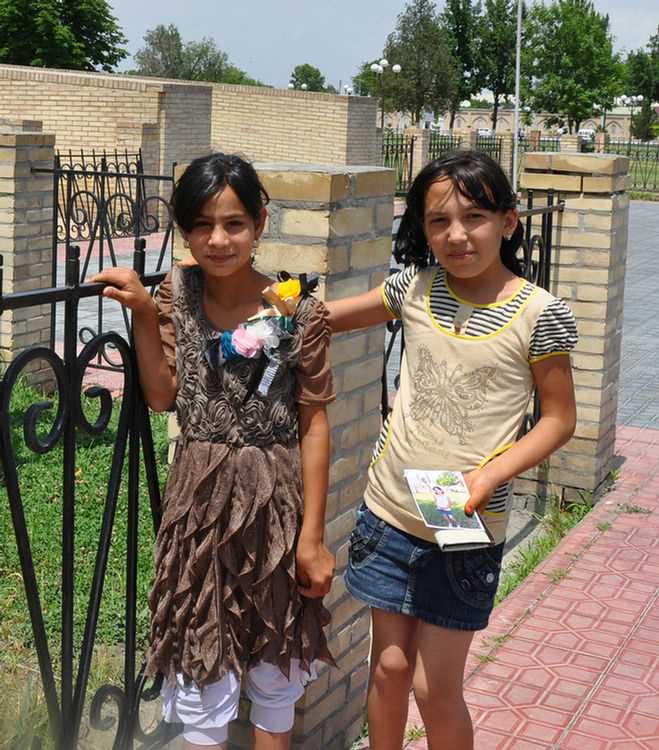
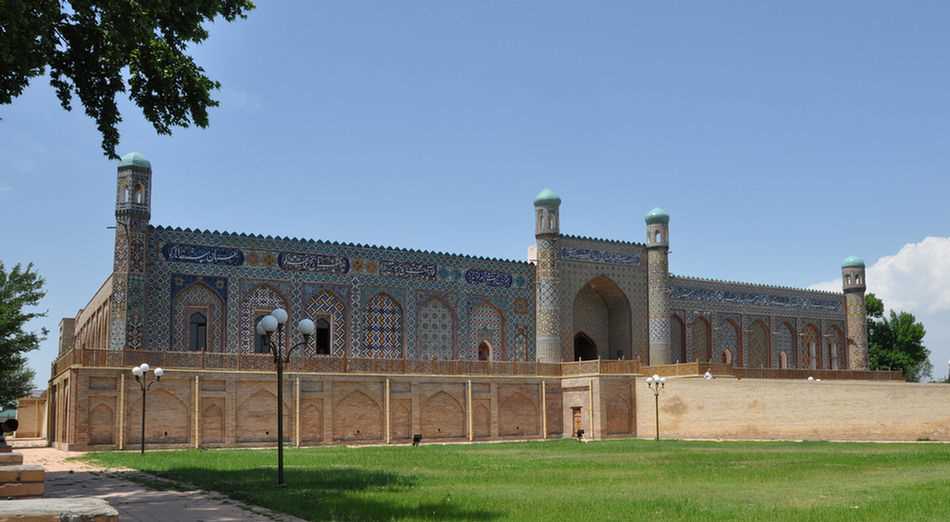
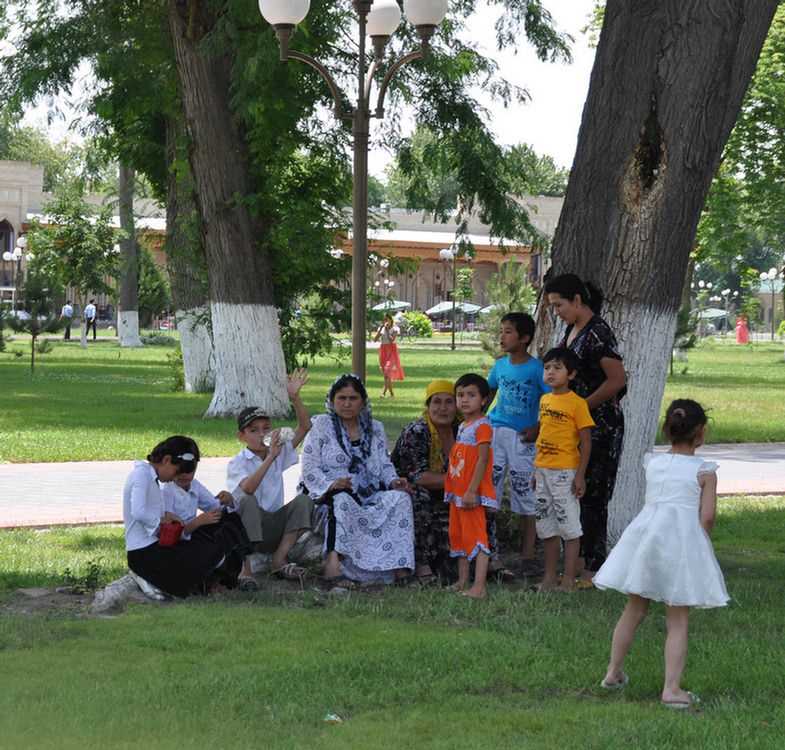
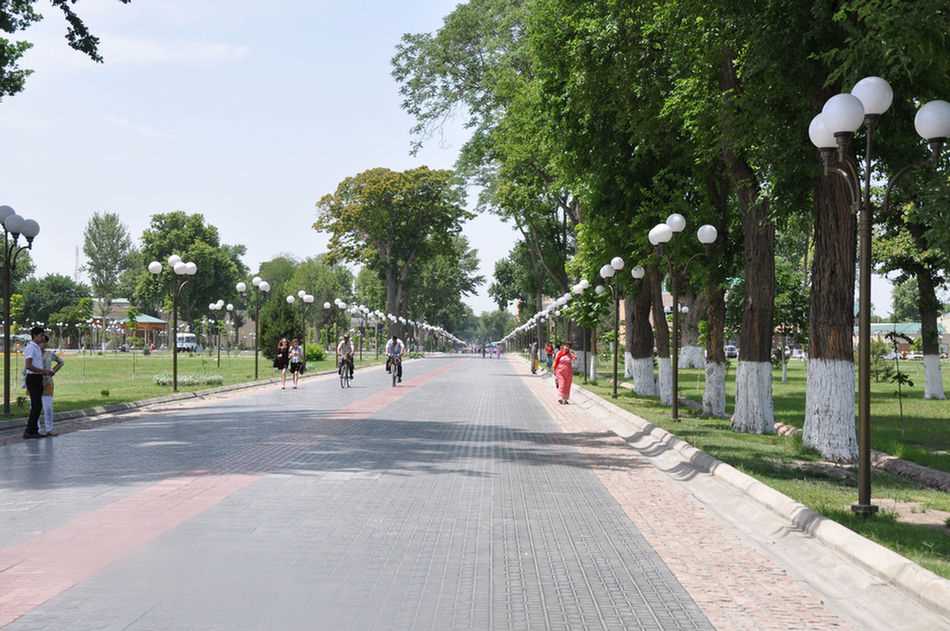

We had a 230 km trip from Kokand to Tashkent.
About a third of the trip was through mountainous countryside.
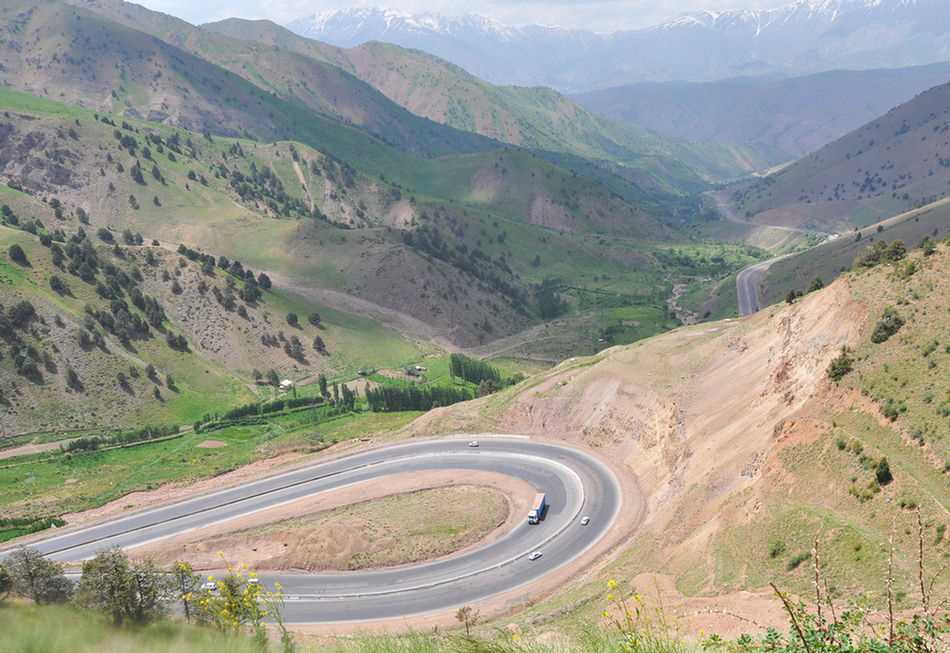
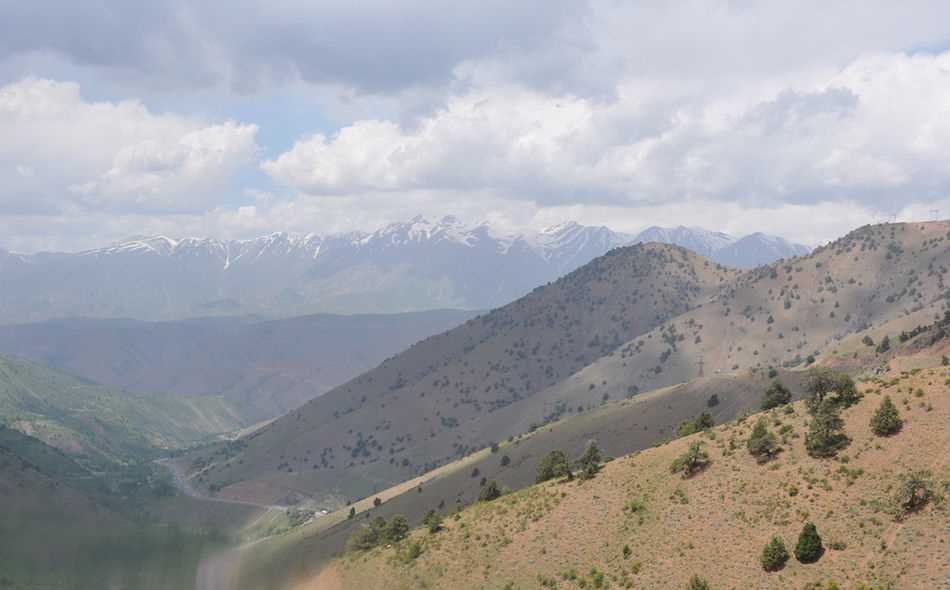
With Rustam, our guide in Uzbekistan.

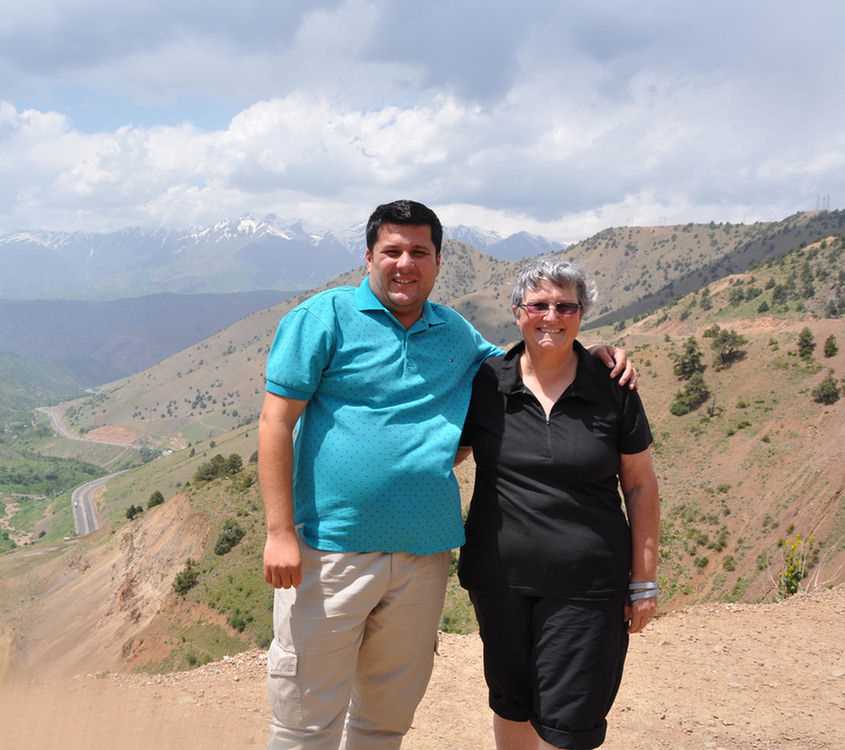
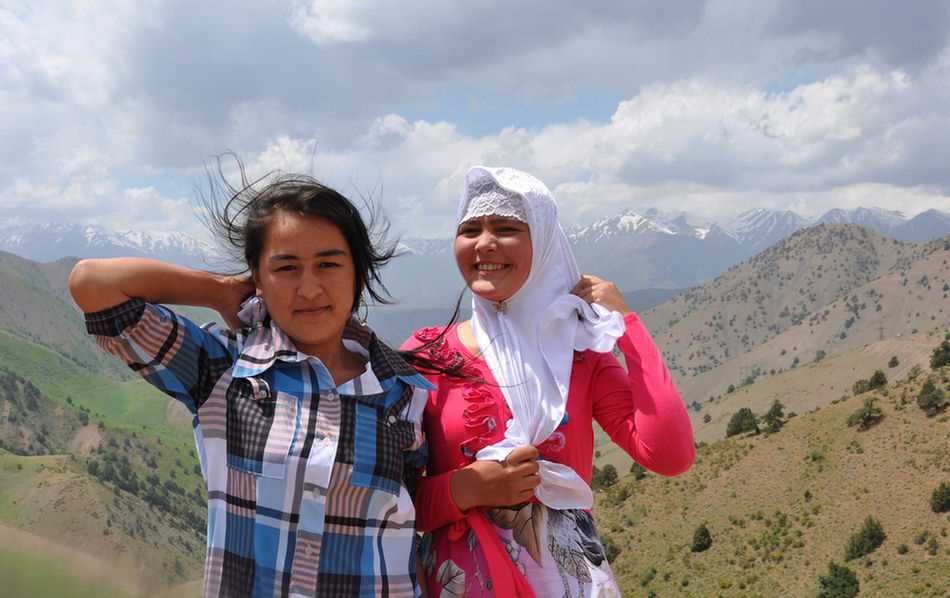

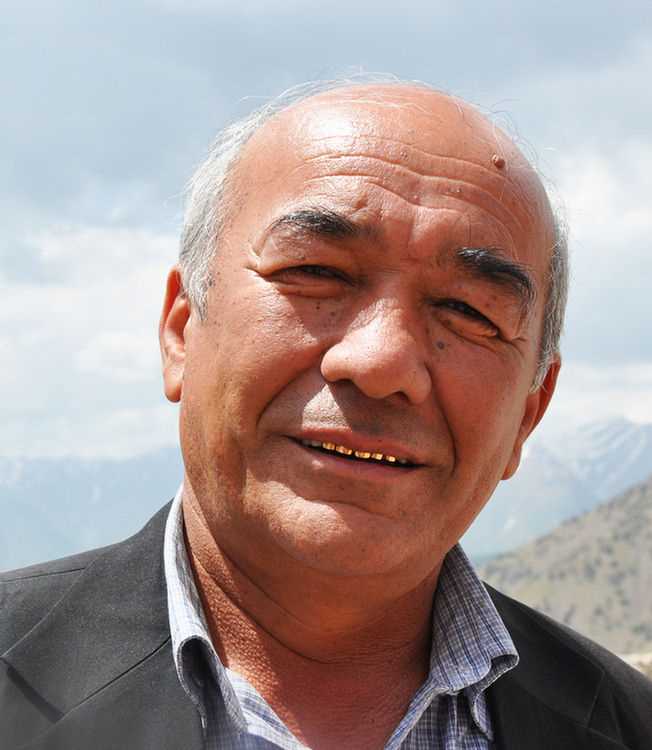
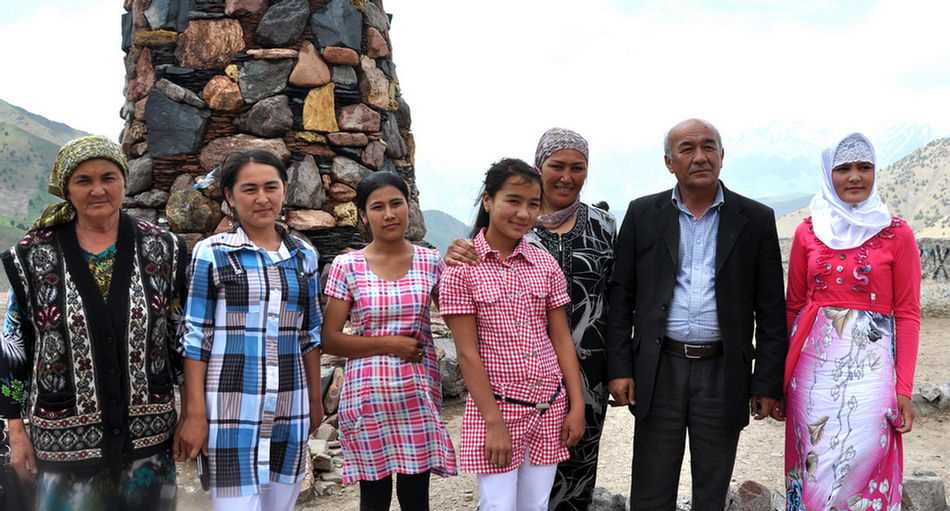
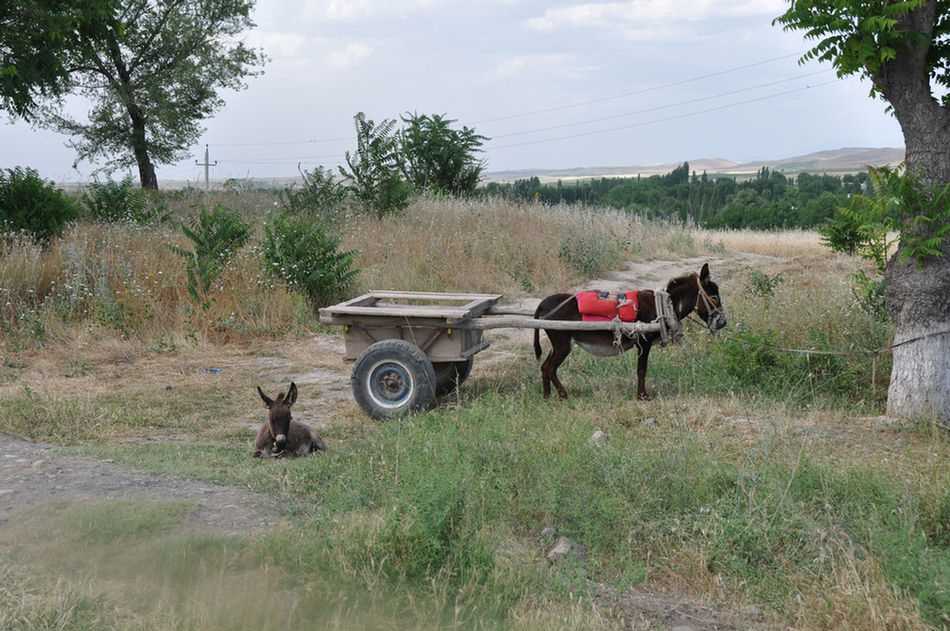
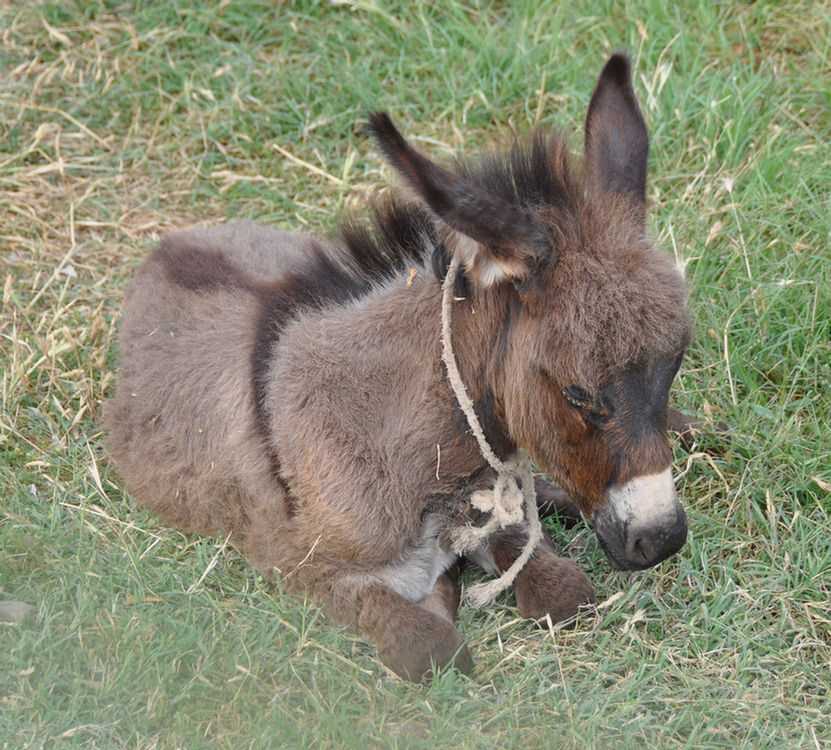
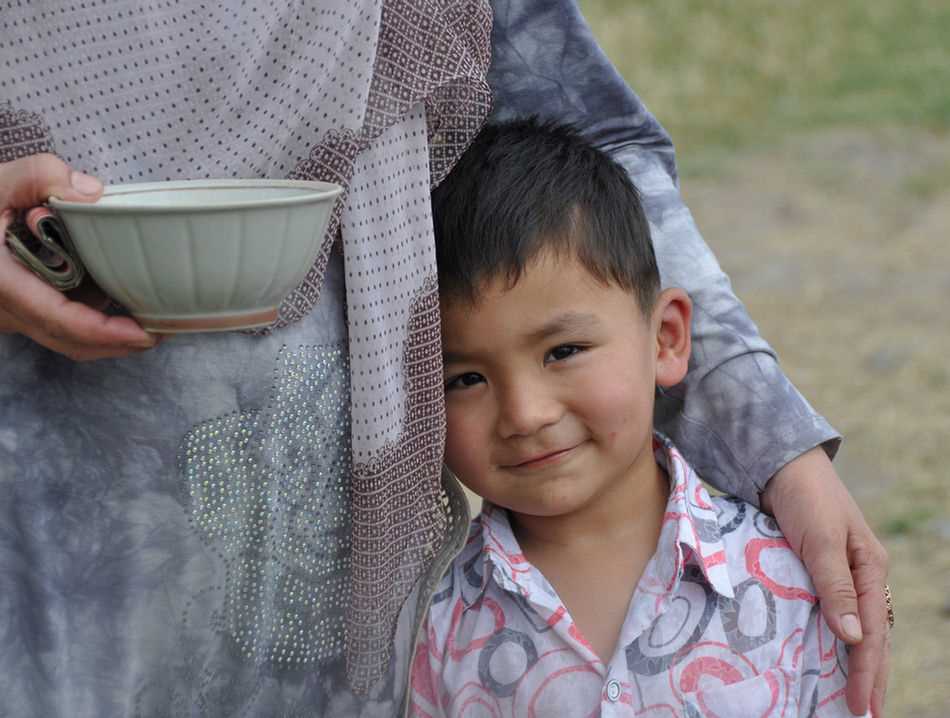
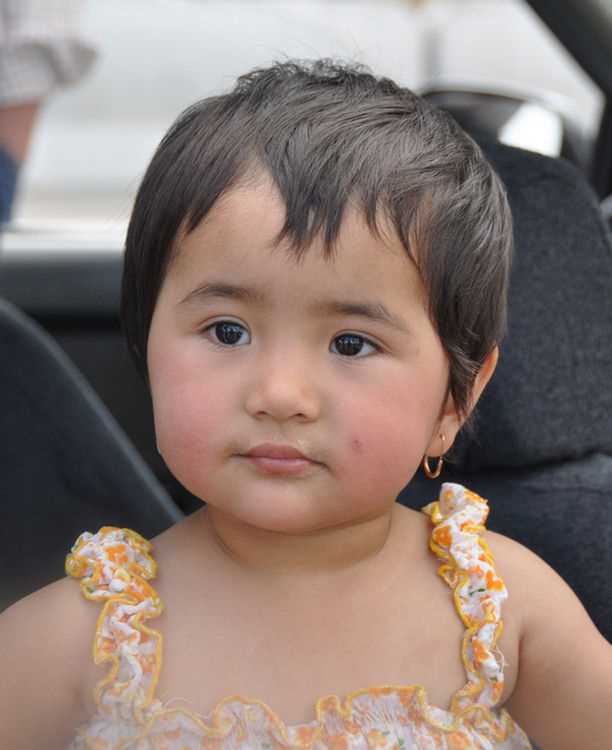
While we saw a few men with gold teeth, there were a lot more women with them.
For many of them, it was security for their old age or the gold could be used to pay for their funeral.
Somehow the gold teeth are detachable and it too easy for men to use them in gambling.
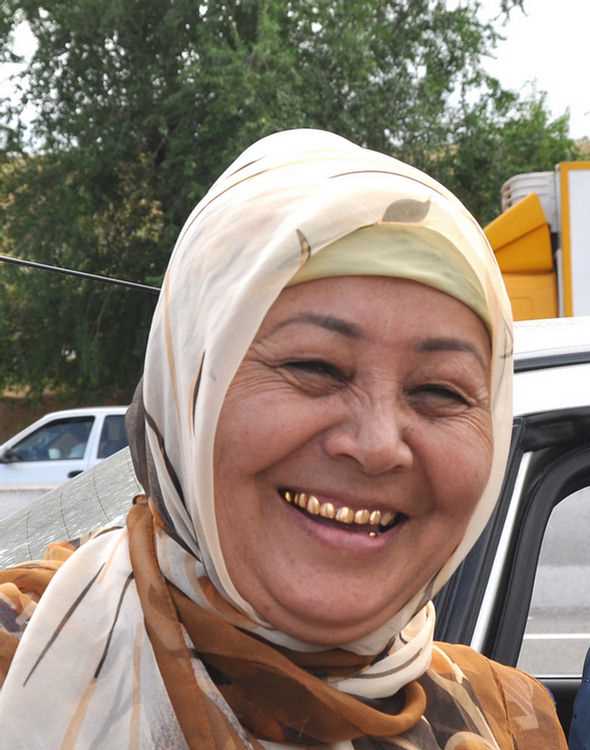
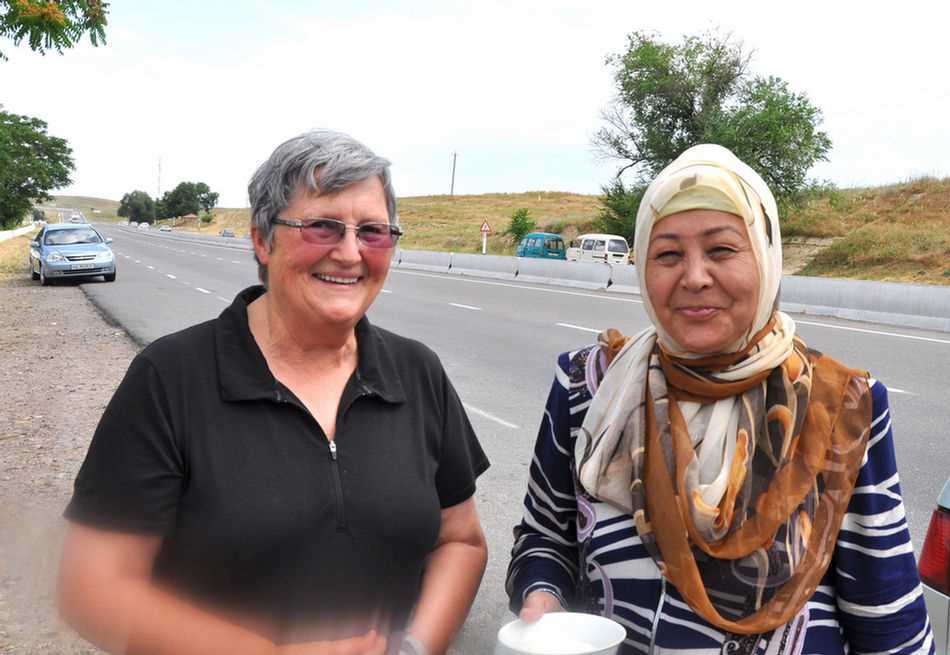
Kokand is on the crossroads of the ancient trade routes, at the junction of two main routes into the Fergana Valley,
one leading northwest over the mountains to Tashkent, and the other west through Khujand in Tajikistan.
Kokand has existed since at least the 10th century, and was frequently mentioned in travellers' accounts
of the caravan route between India and China.
The Mongols destroyed Kokand in the 13th century.
The present city began as a fort in 1732.
In 1740, it became the capital of an Uzbek kingdom, the Khanate of Kokand.
Jummi Mosque
Jummi Mosque is a Friday Mosque (the main mosque in a city - used for Friday prayers).
Built between 1800 and 1812, it can house over 10,000 worshipers.
It was re-opened in 1989.

































The Palace of Khudayar Khan
The Palace of Khudayar Khan, the last ruler of the Kokand Khanate, was built between 1863 and 1874.
Upon completion, it was one of the largest and most opulent palaces in Central Asia.
19 of its original 113 rooms survive.
















The Khan's bed.















Russian Imperial Forces captured the city in 1883.
Four of the original courtyards have been restored.
















We had a 230 km trip from Kokand to Tashkent.
About a third of the trip was through mountainous countryside.


With Rustam, our guide in Uzbekistan.










While we saw a few men with gold teeth, there were a lot more women with them.
For many of them, it was security for their old age or the gold could be used to pay for their funeral.
Somehow the gold teeth are detachable and it too easy for men to use them in gambling.

